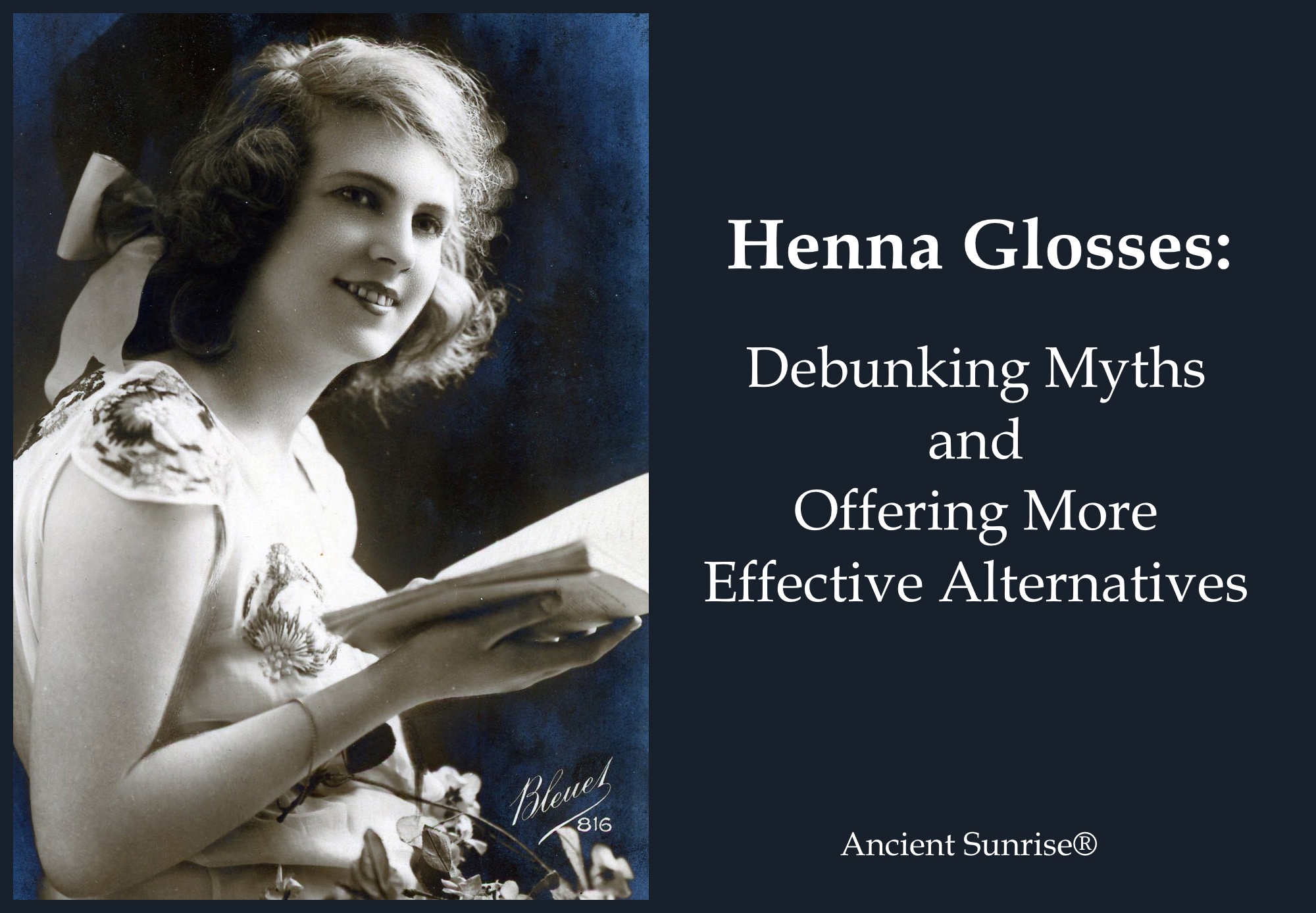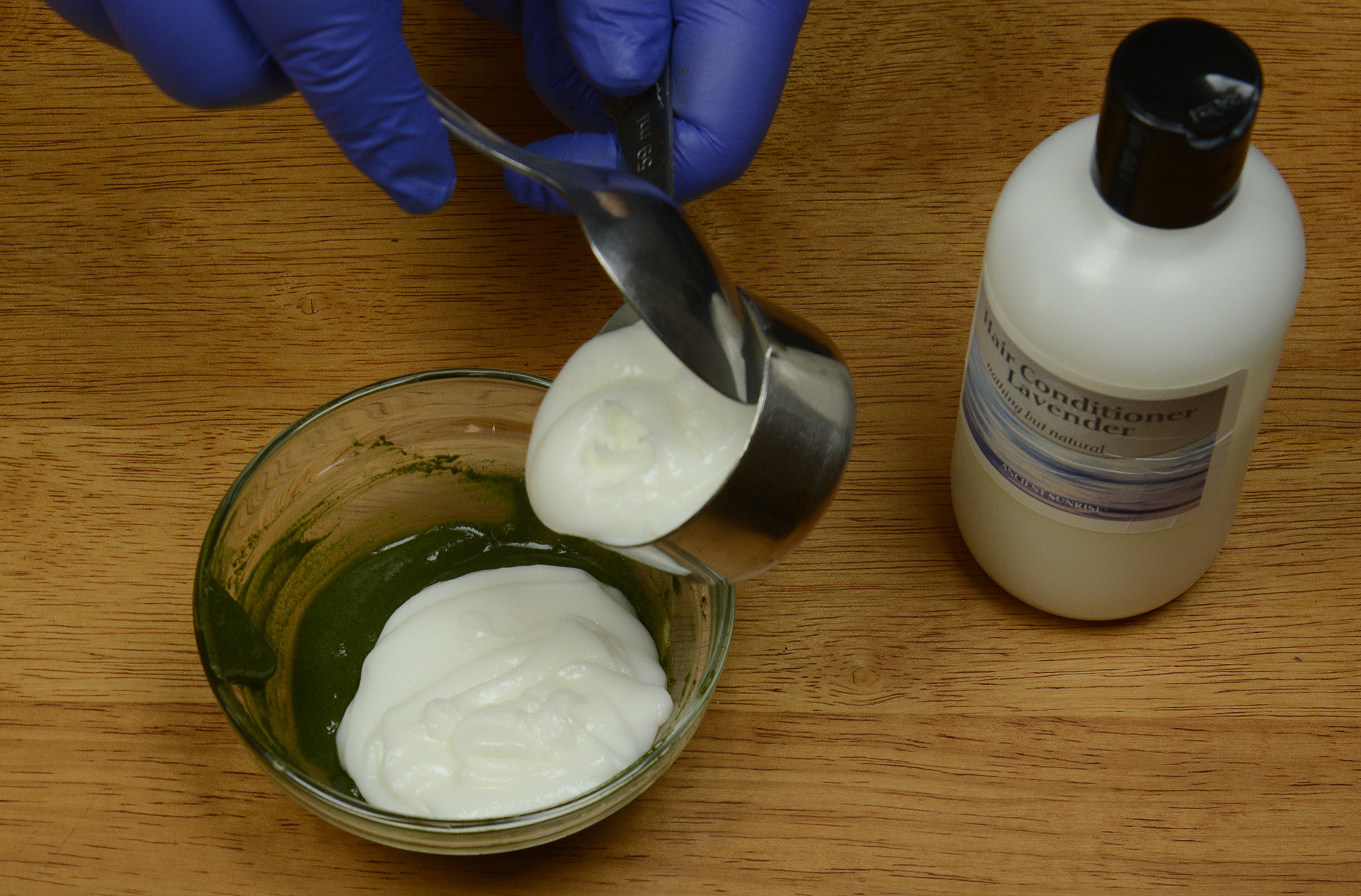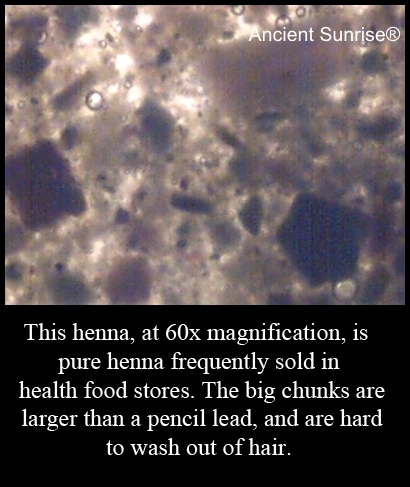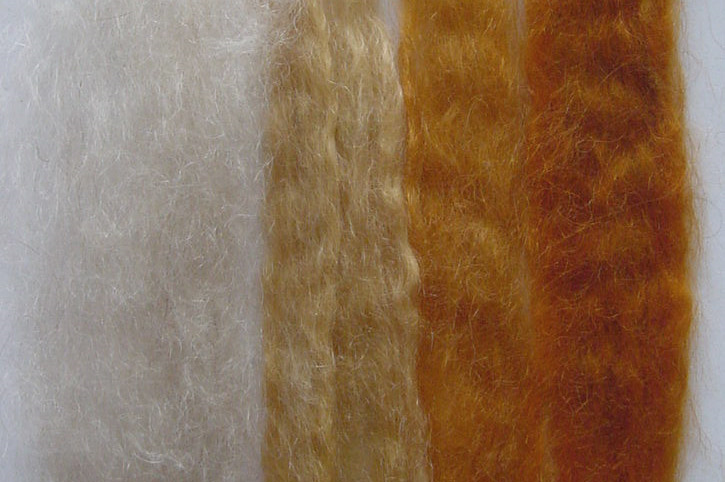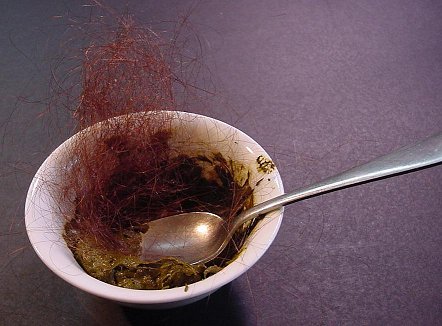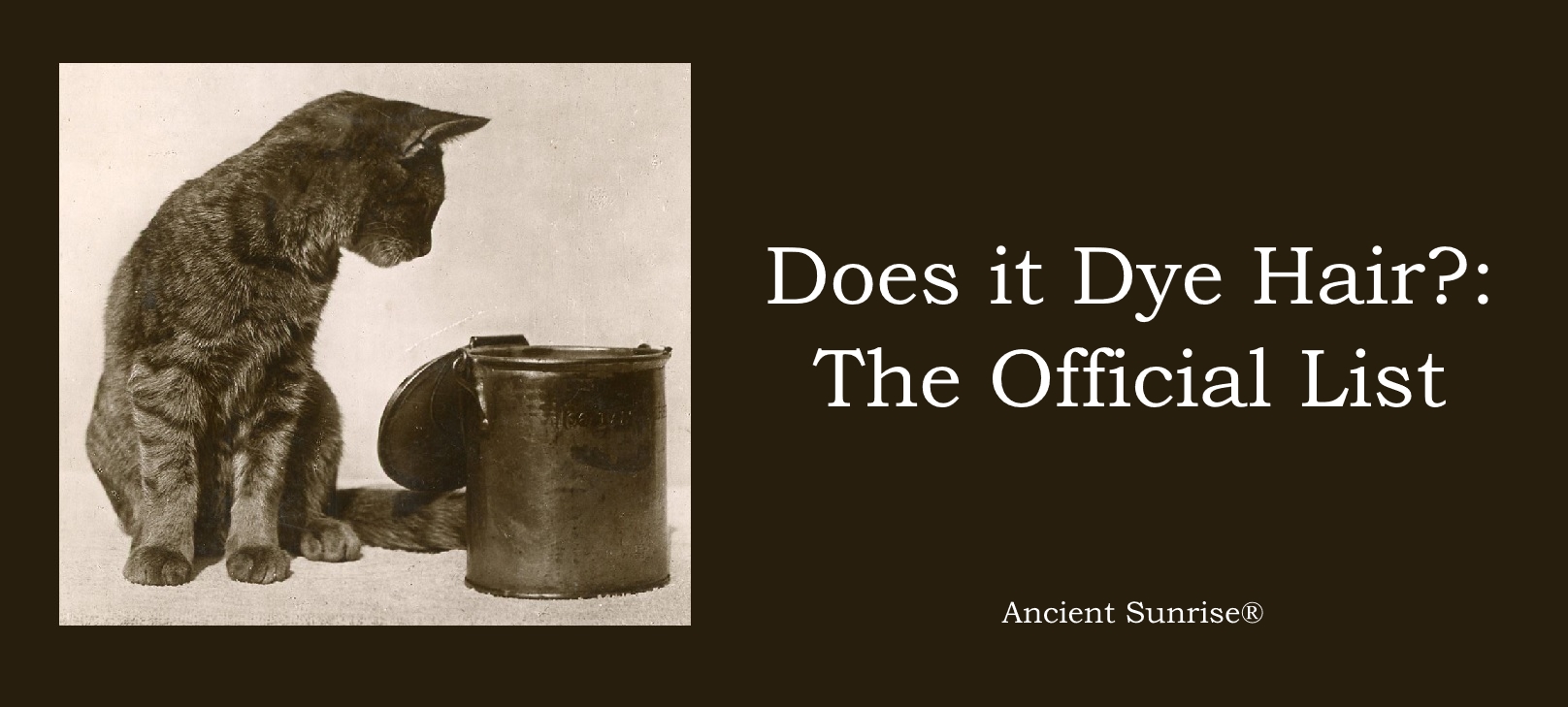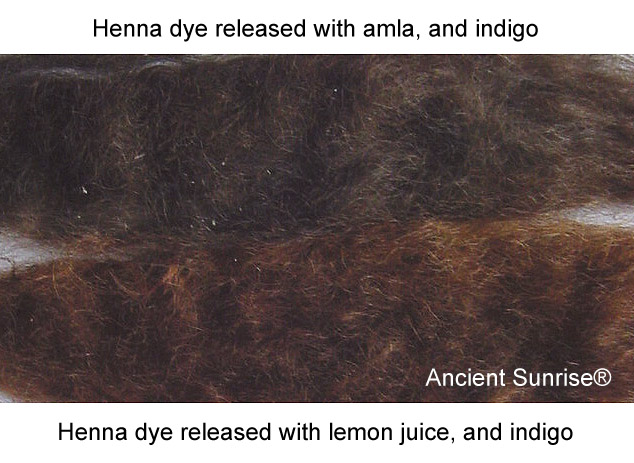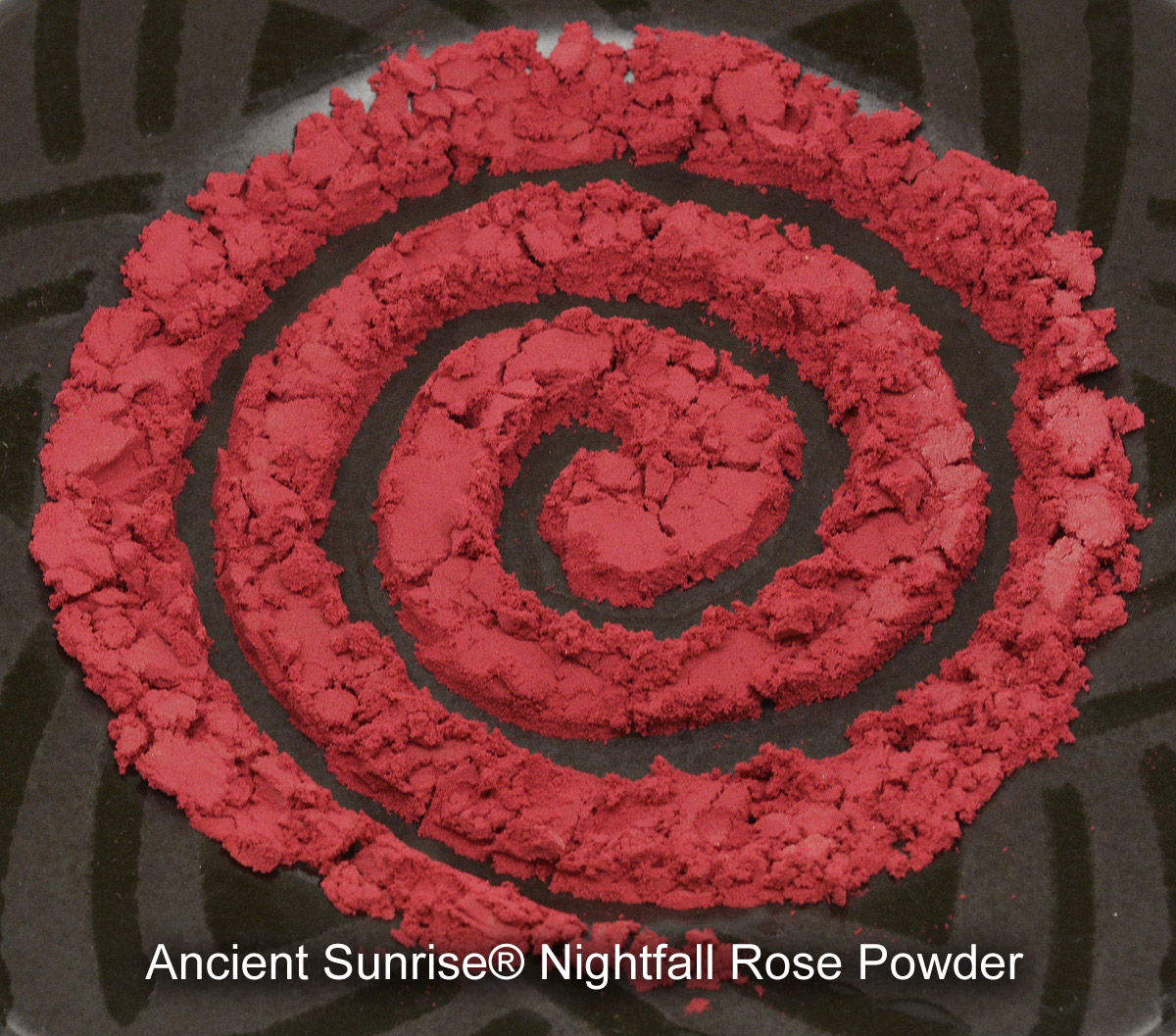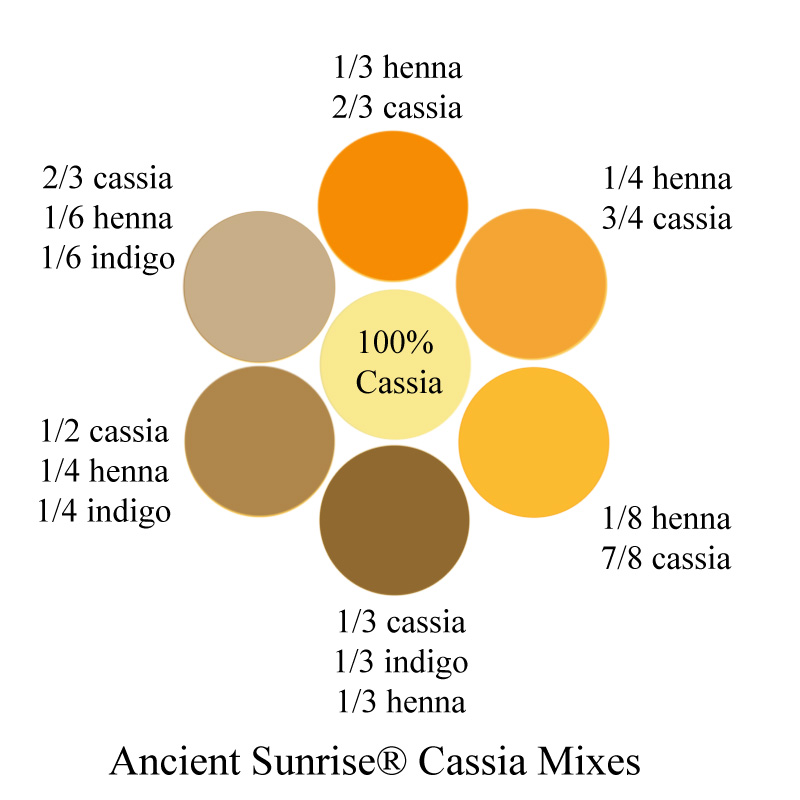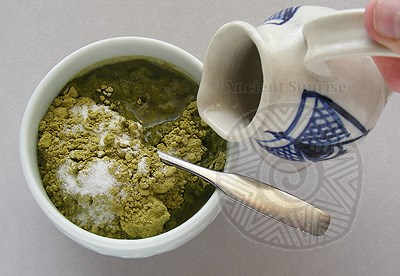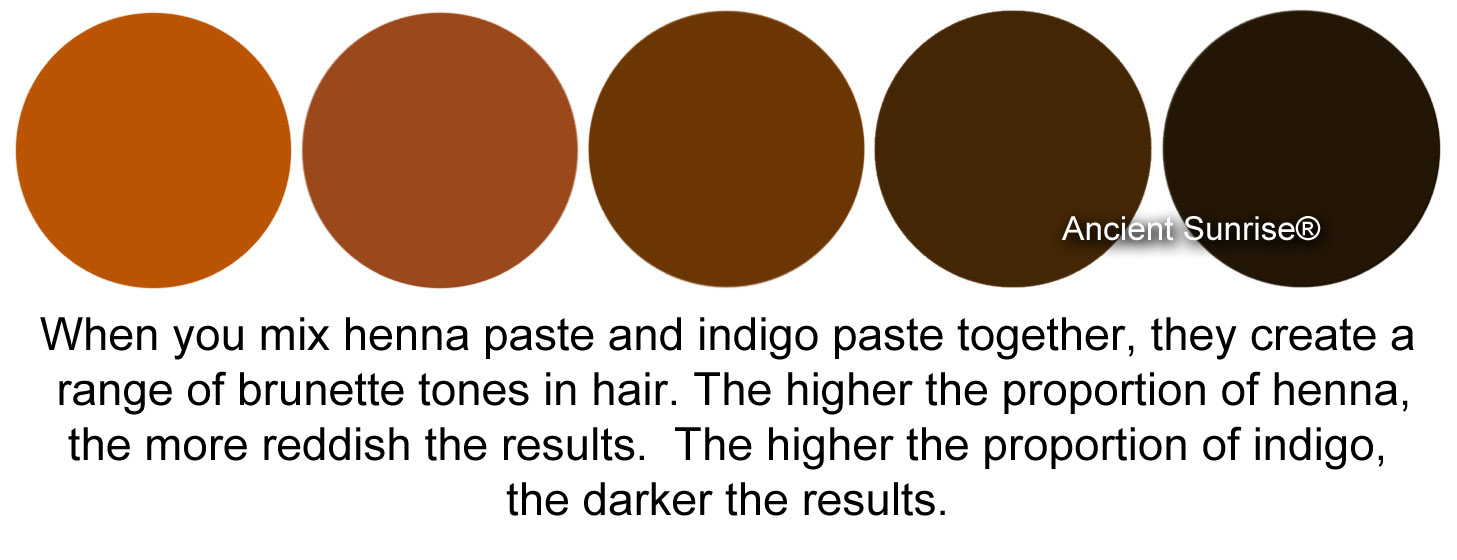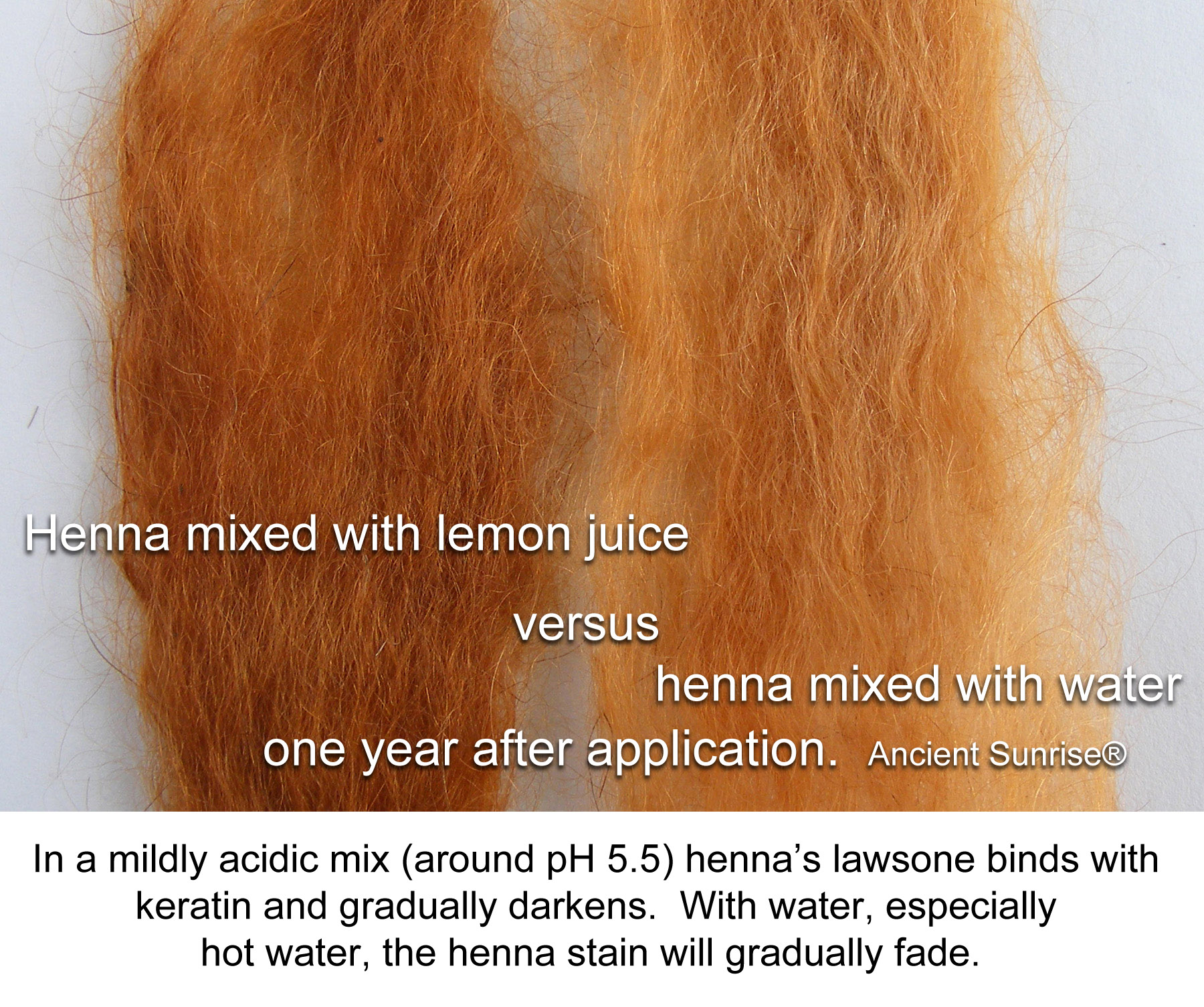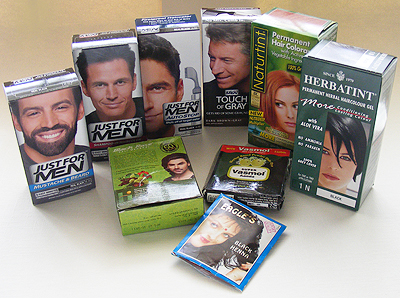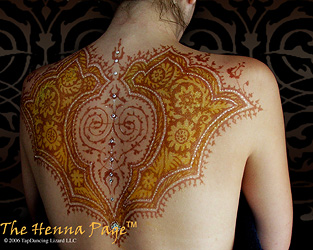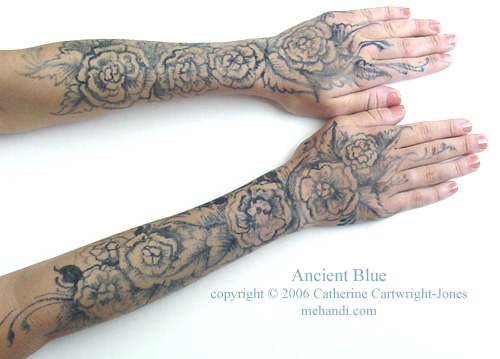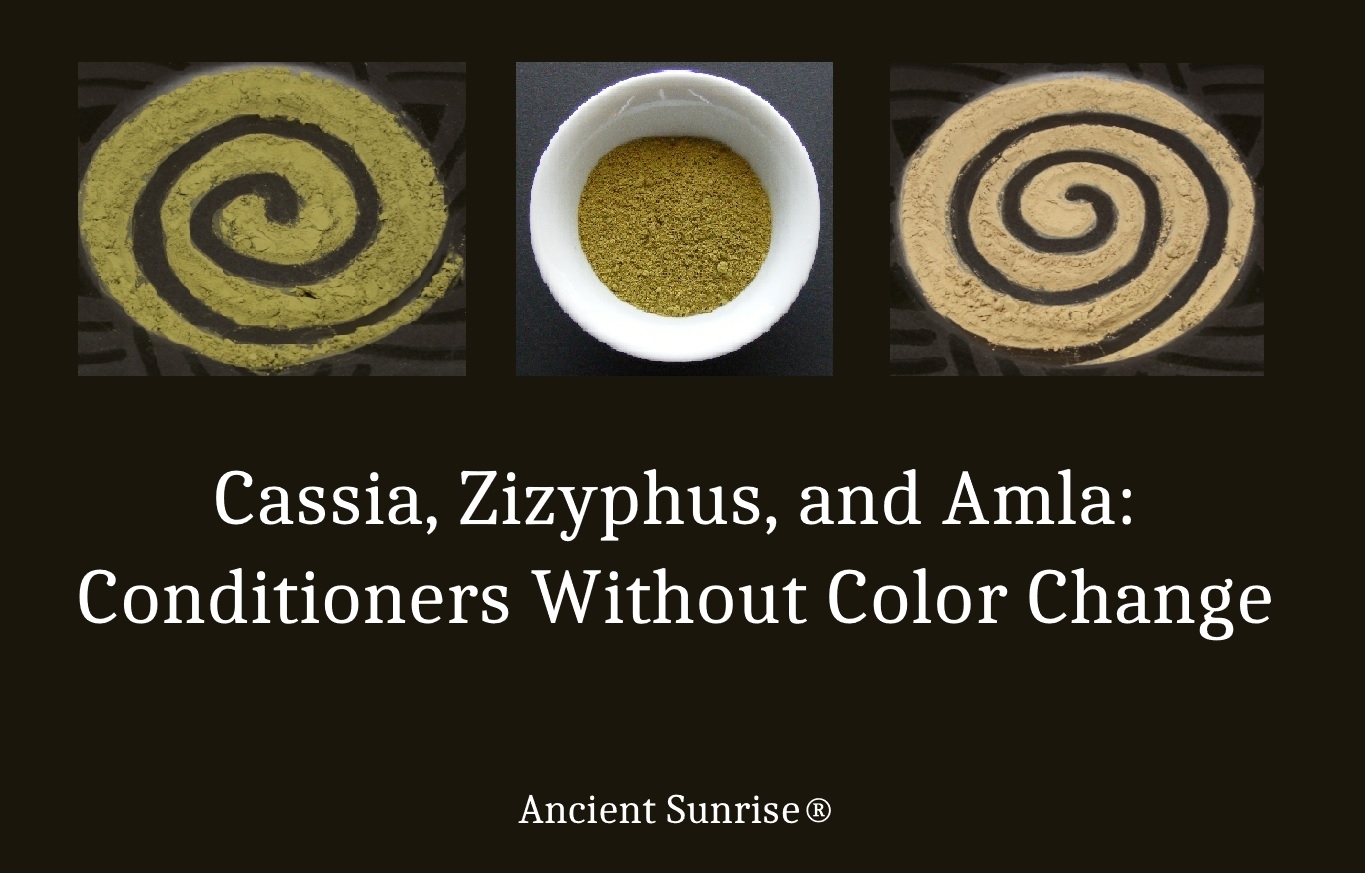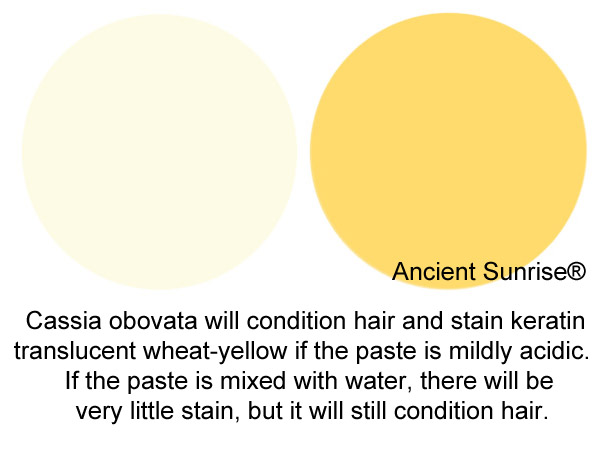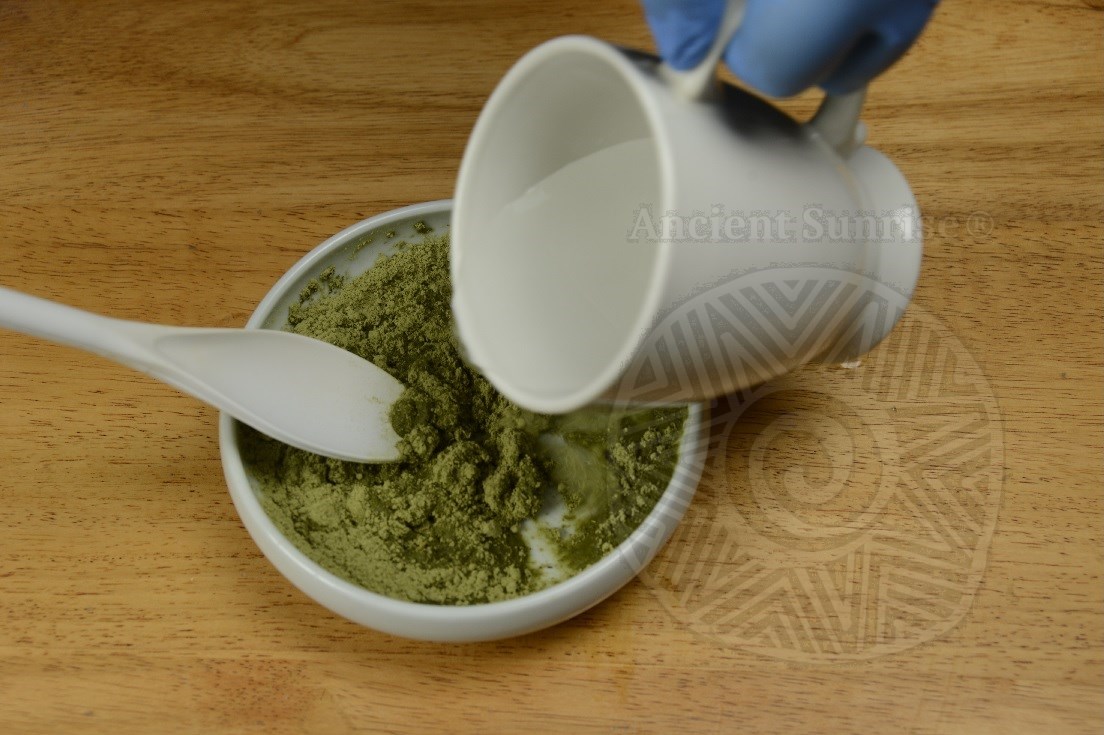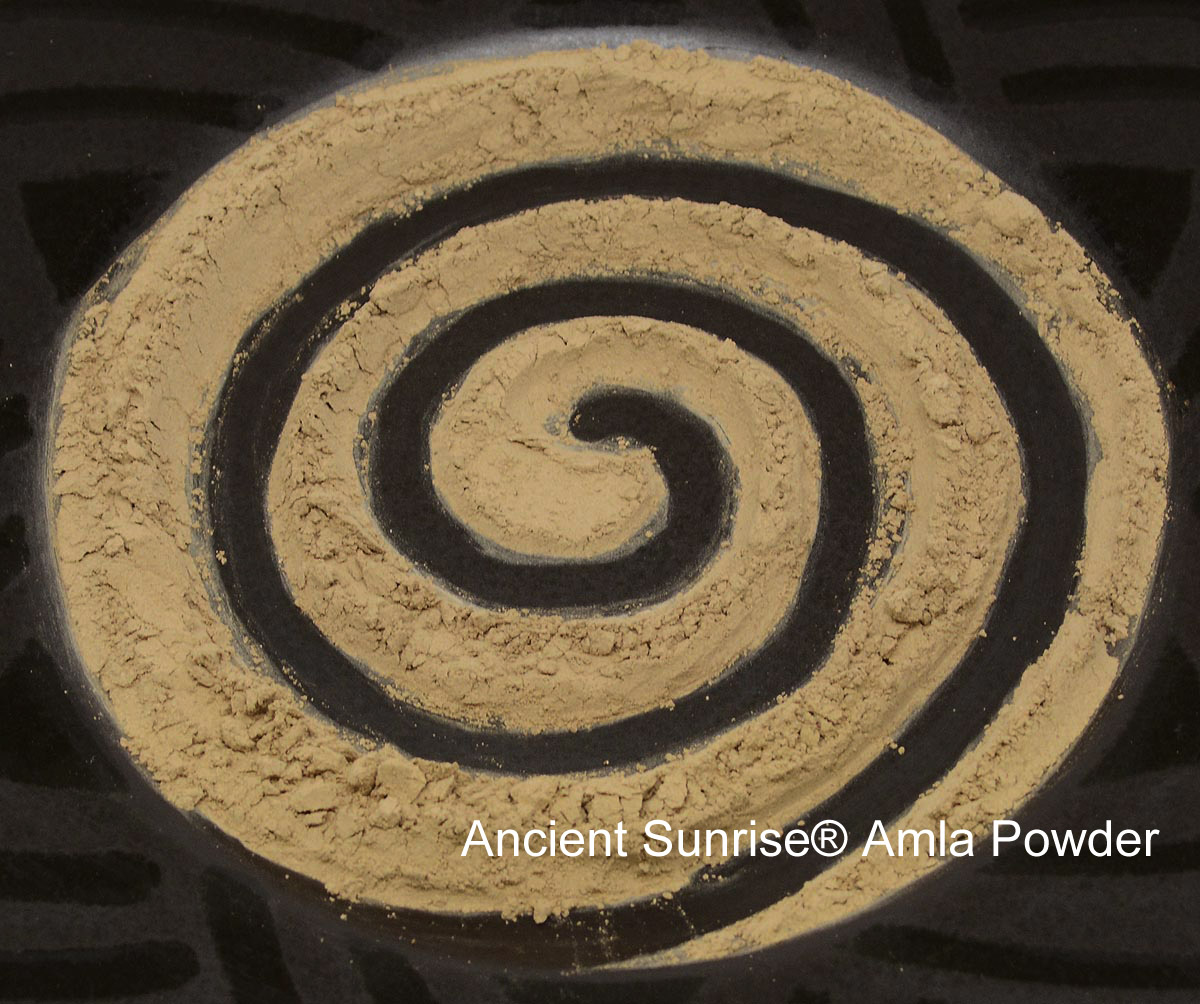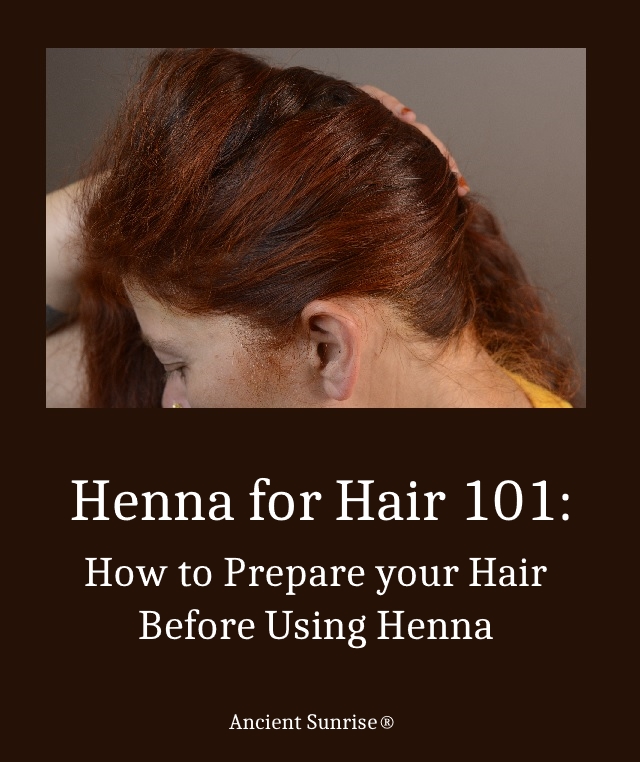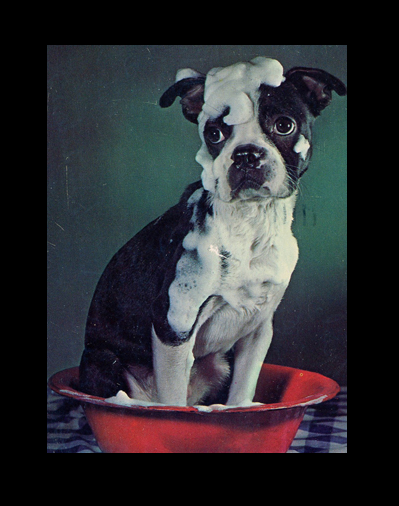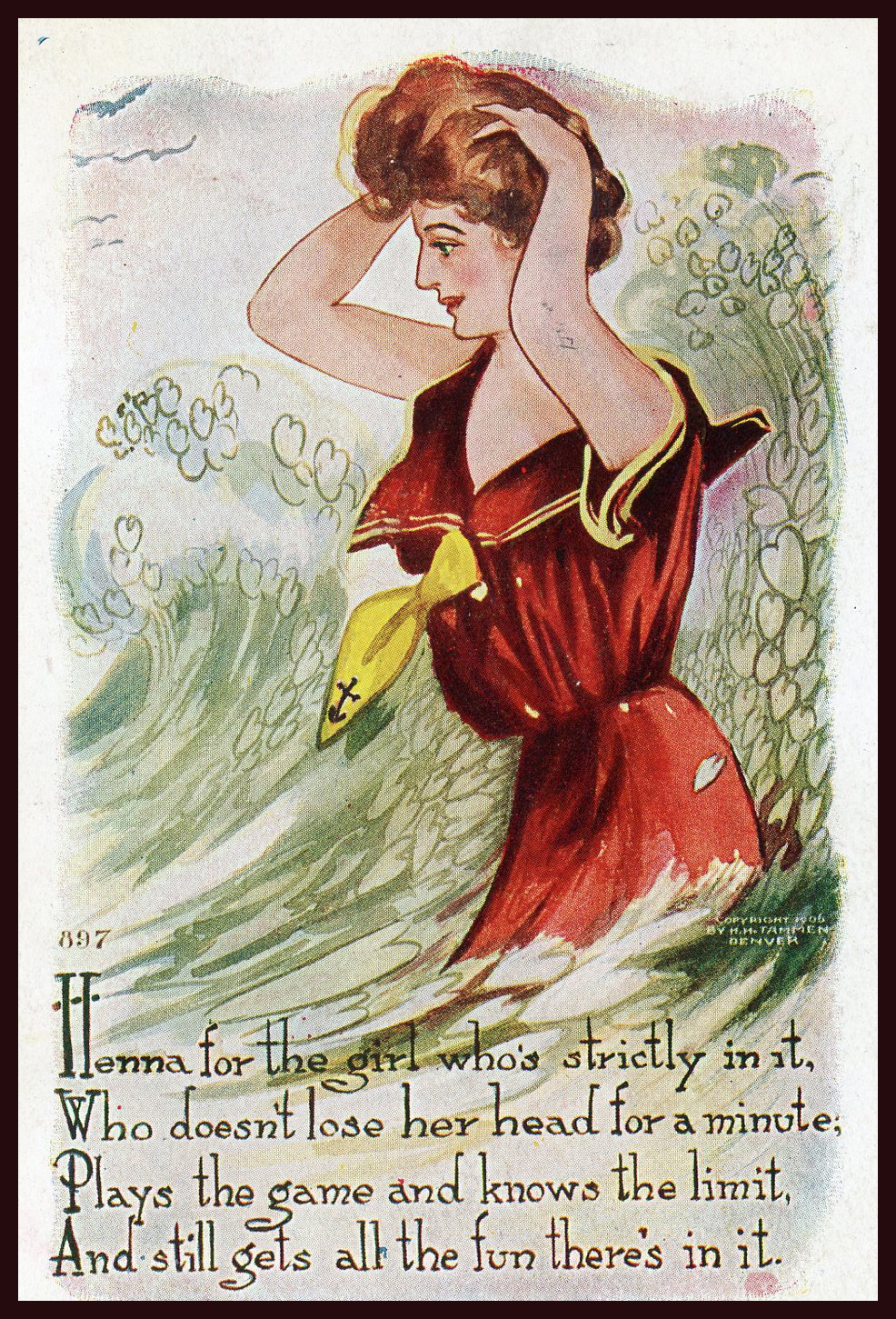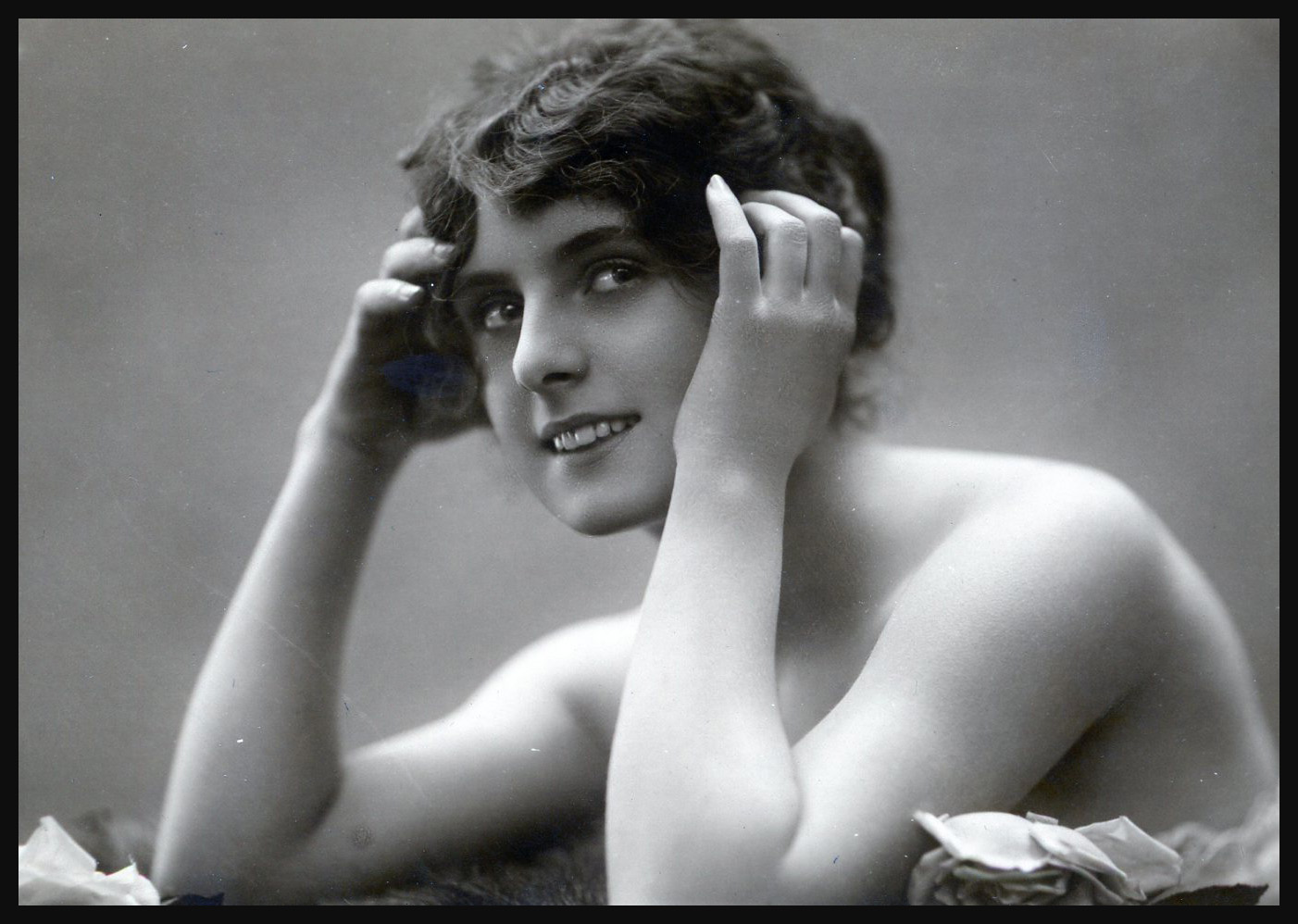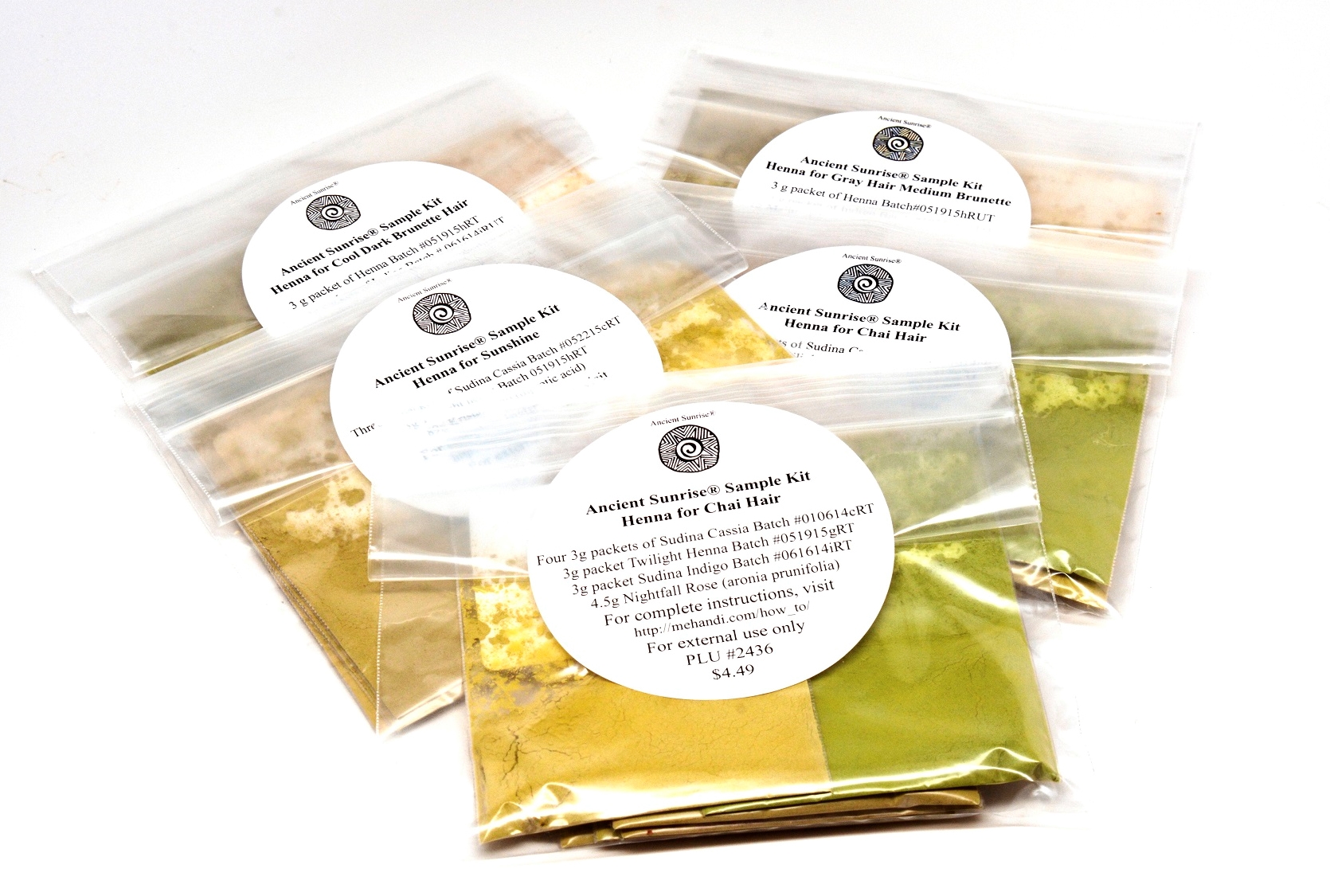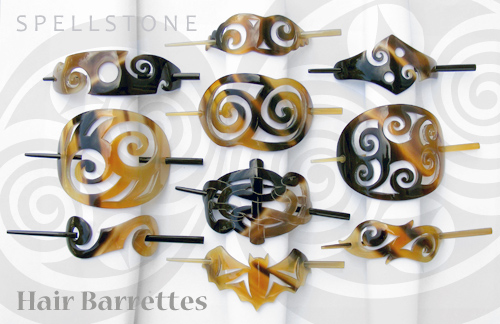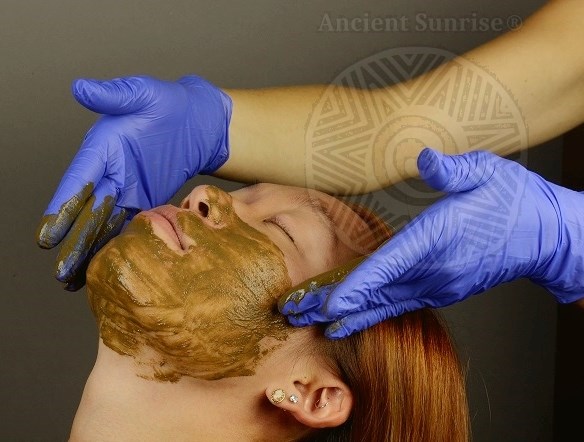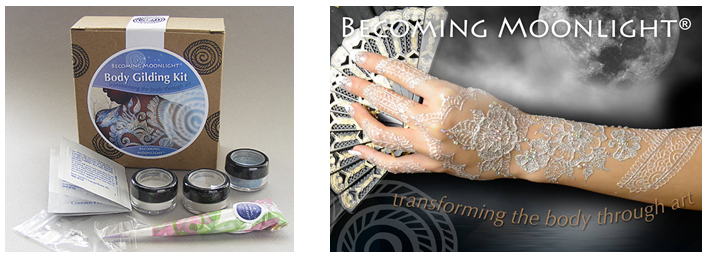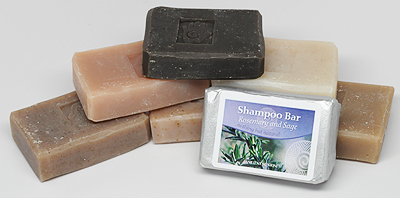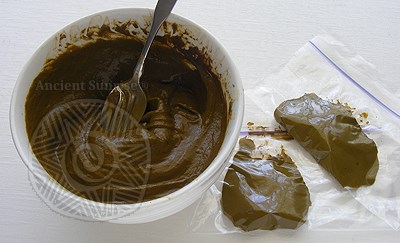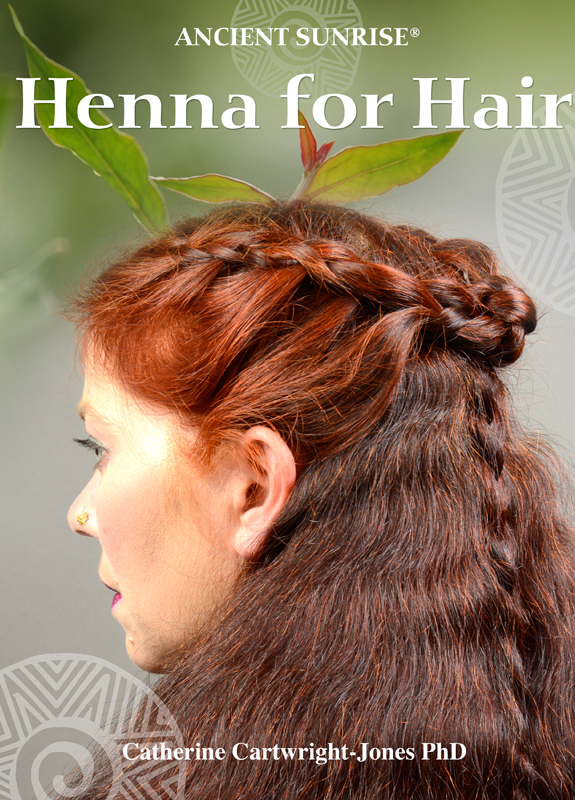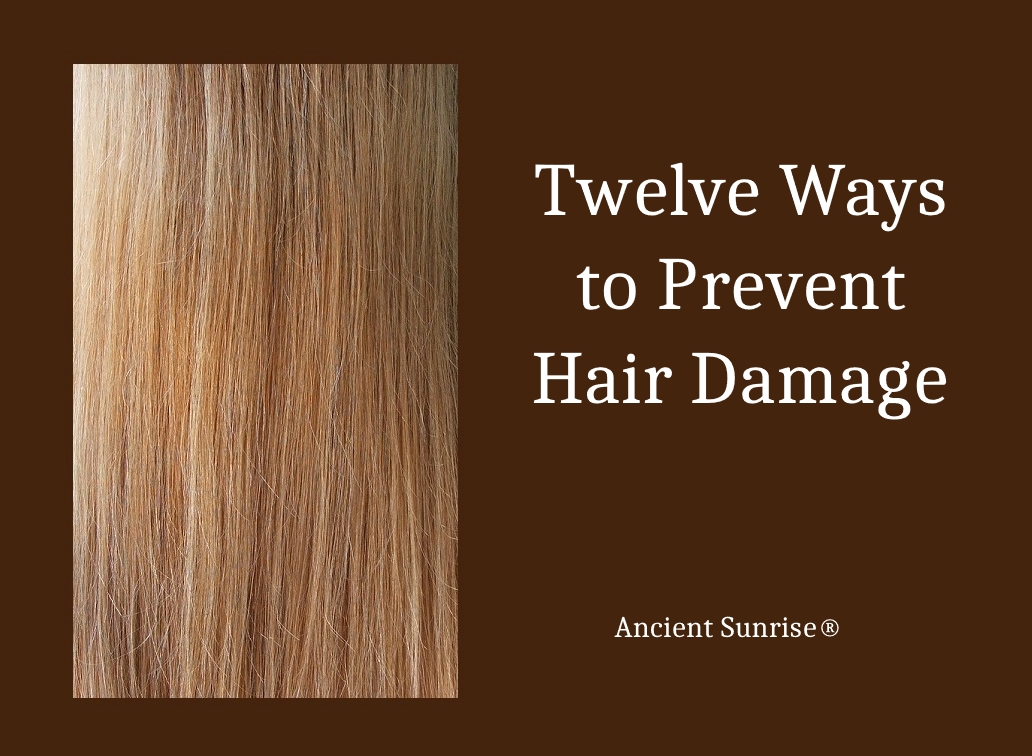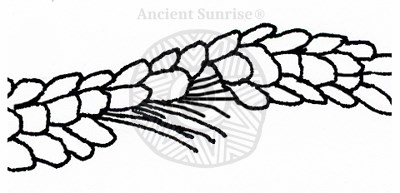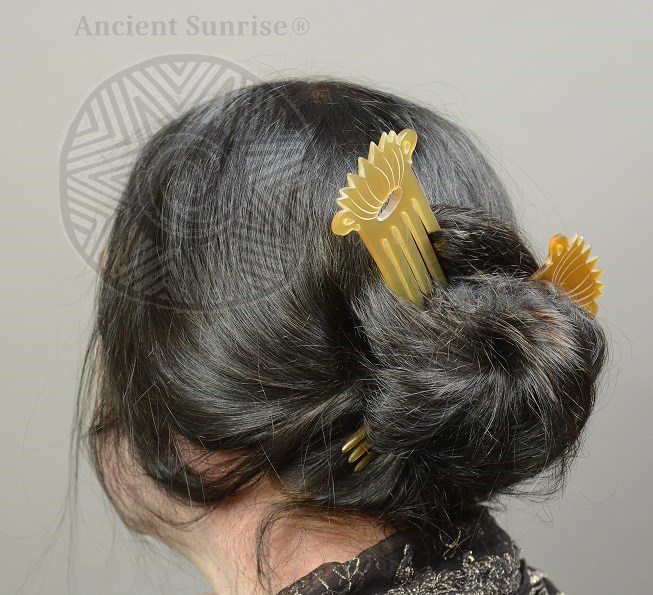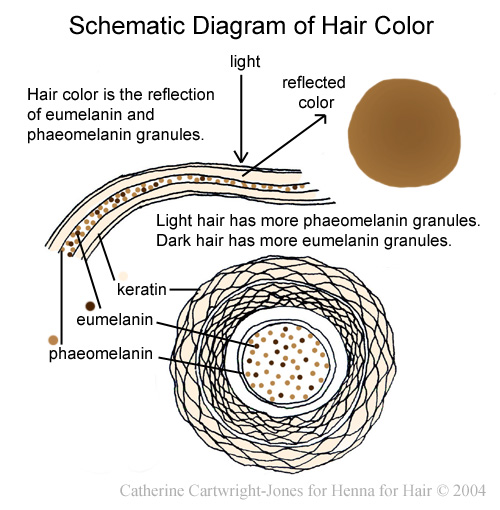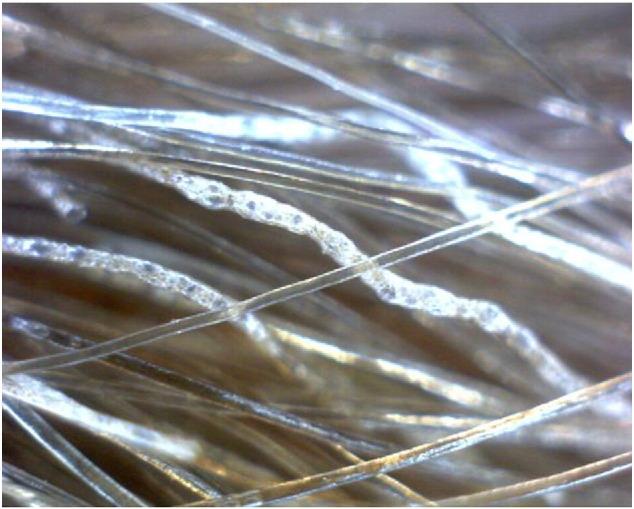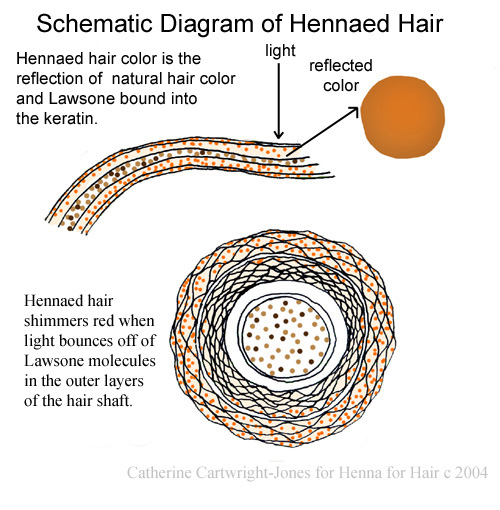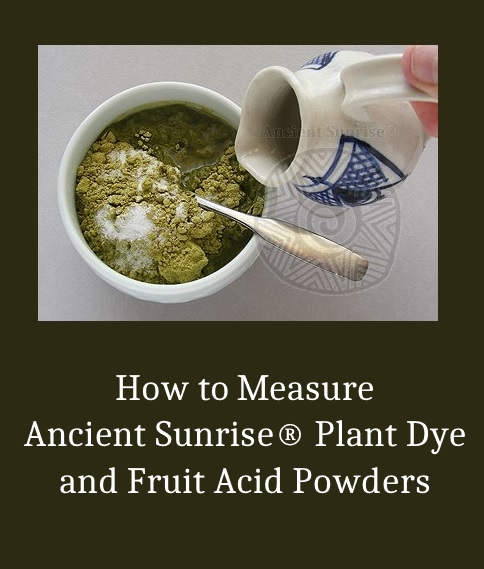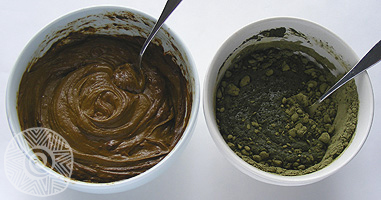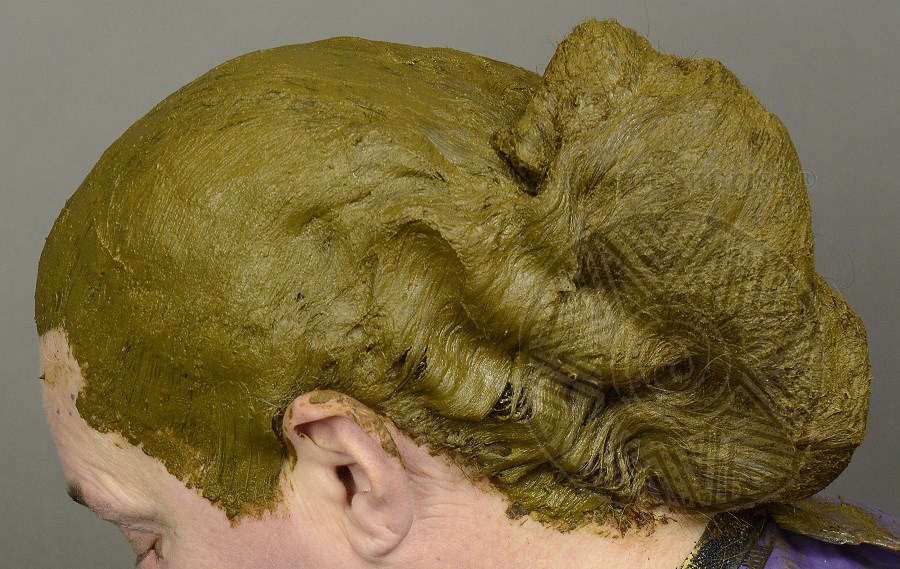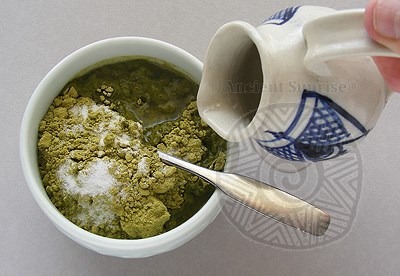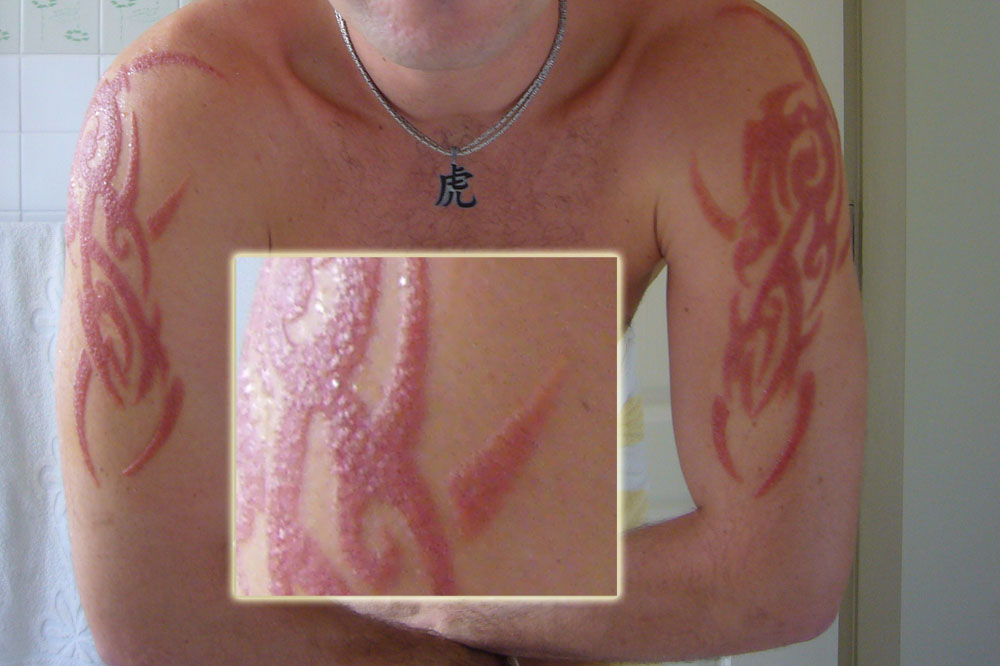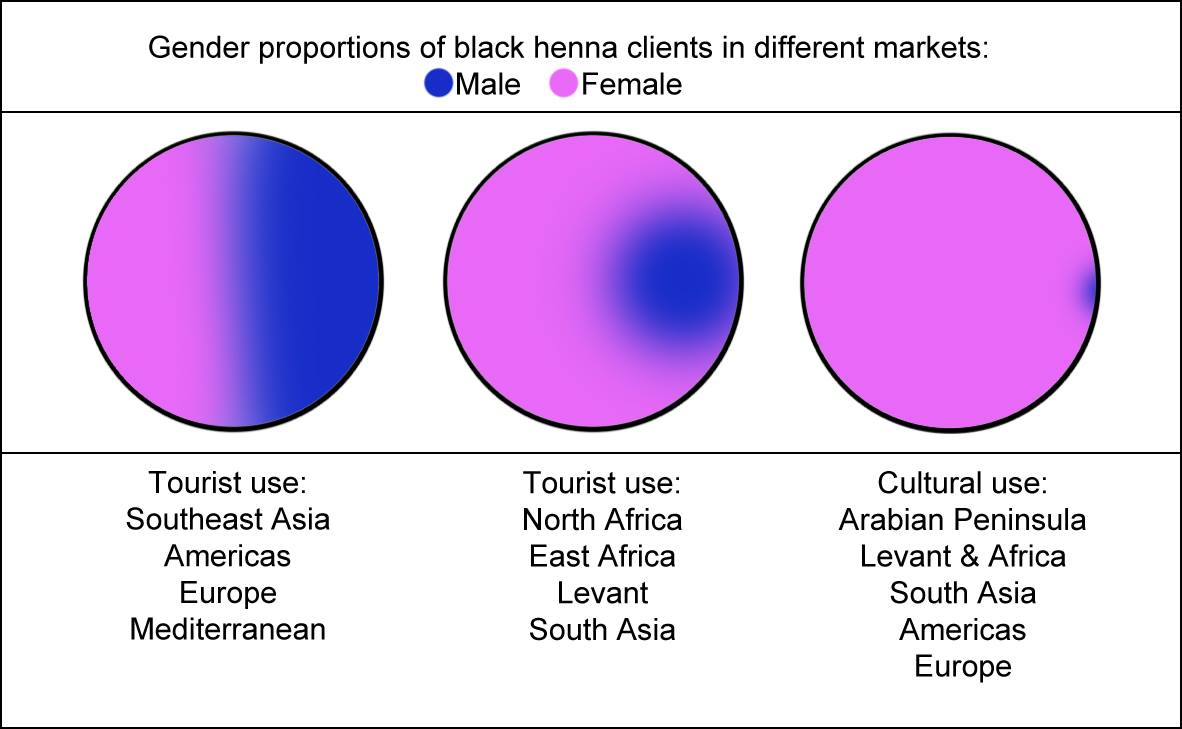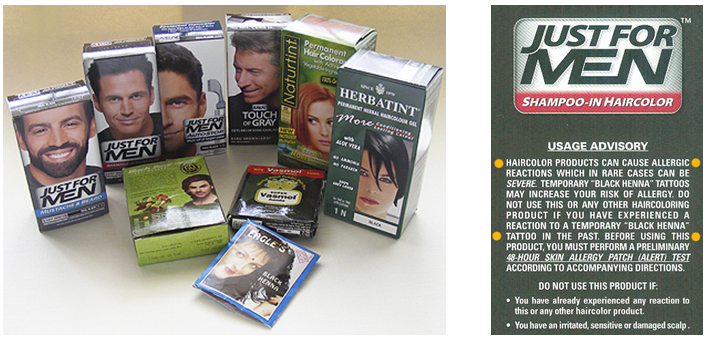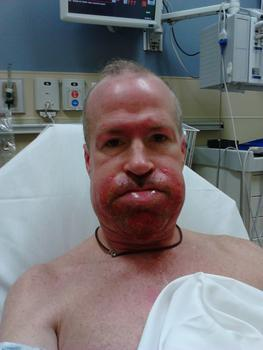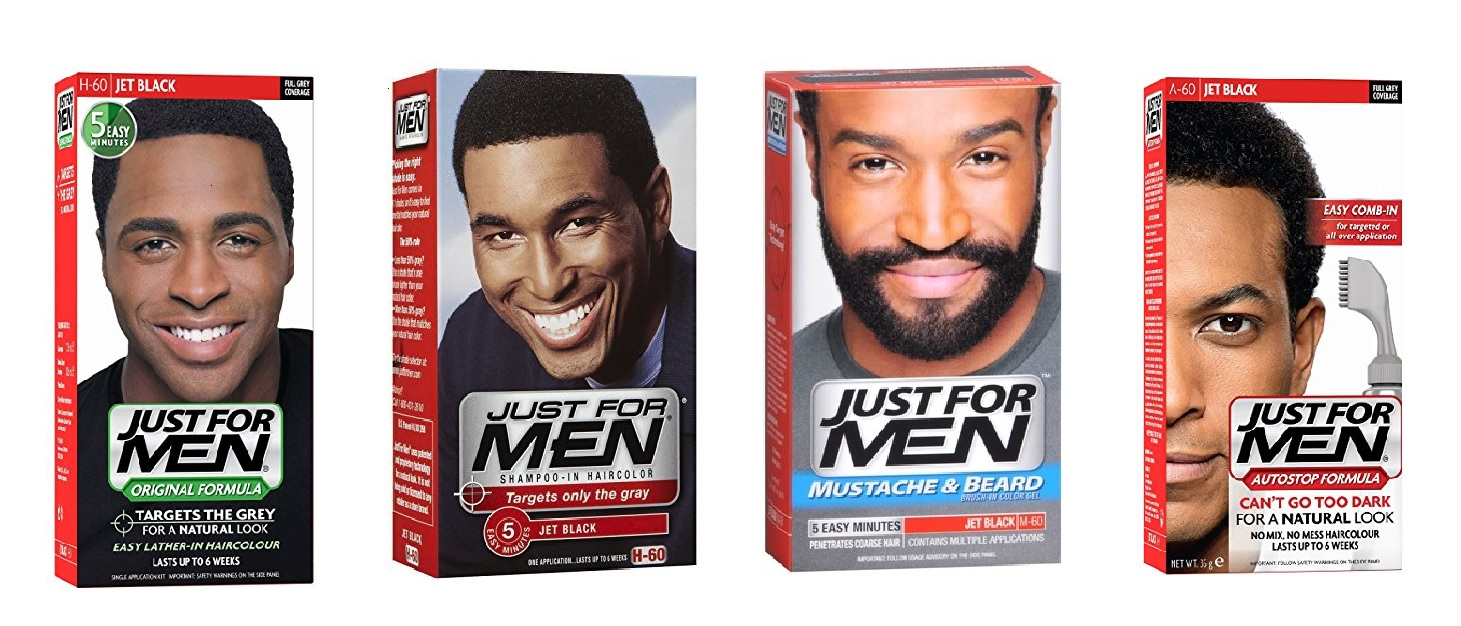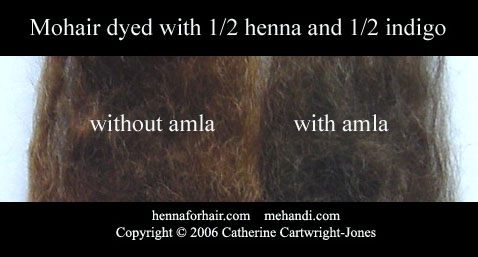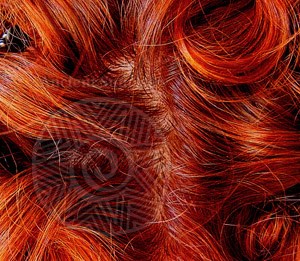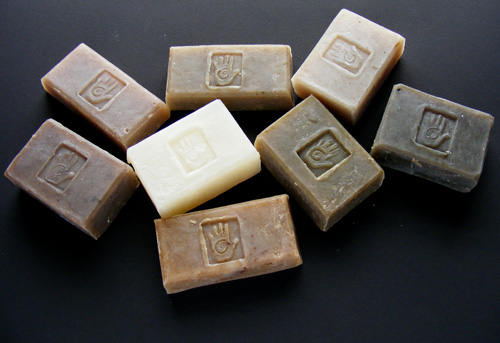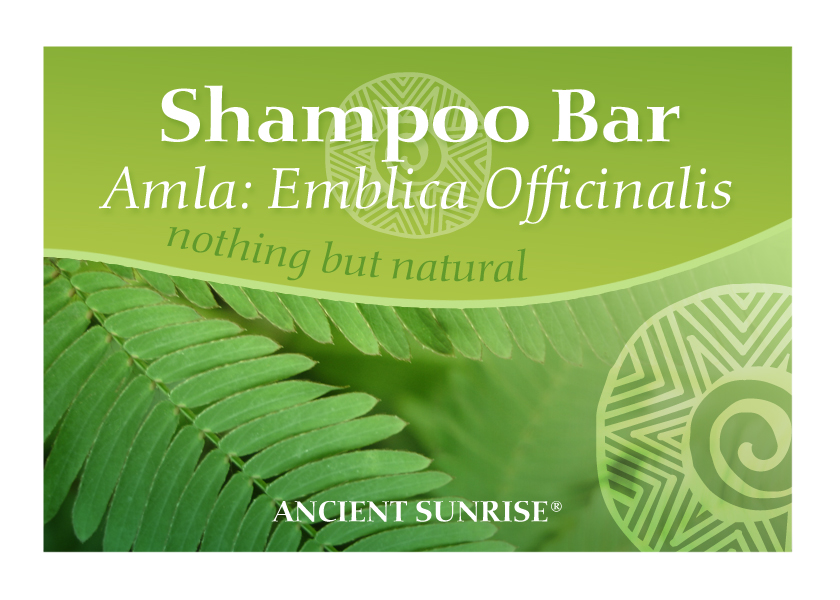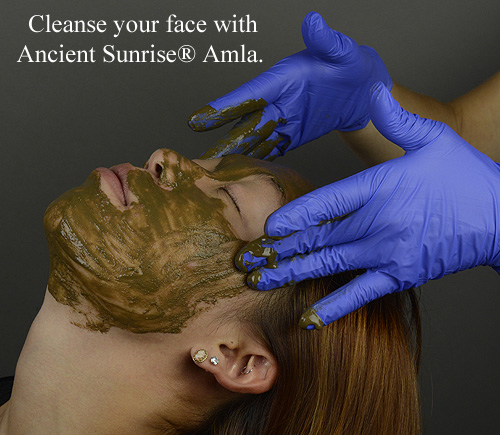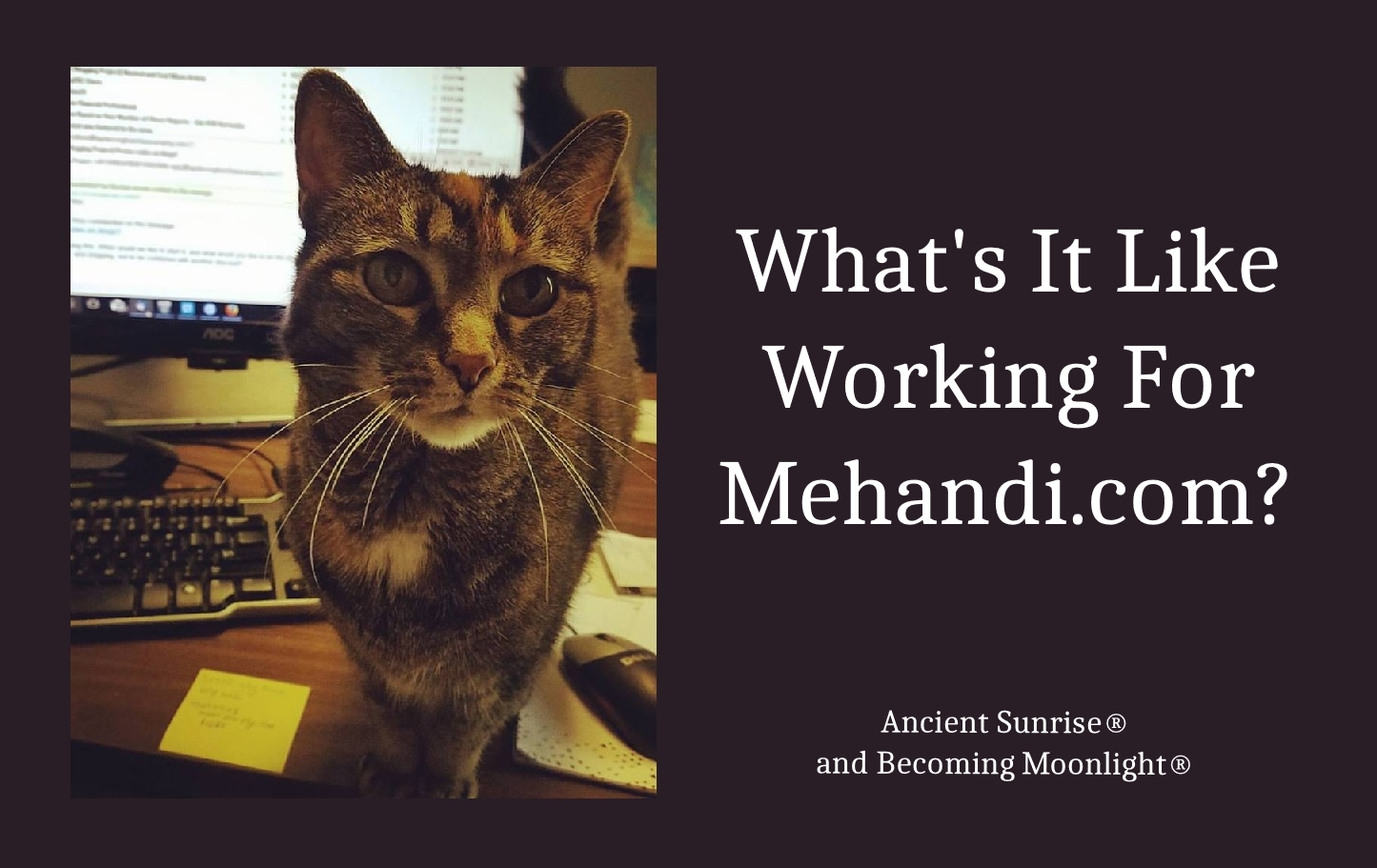
Writer’s Note
Ask any employee here, and they’ll agree that there is no company quite like Mehandi. Probably because there is no boss quite like Catherine Cartwright-Jones, PhD.. I have worked for Mehandi and our branches for almost three years now, and it is truly wonderful and different. Before starting the blogs this past summer, and moving to Montreal, Quebec, I was part of the Customer Service team in the main office, worked at our brick-and-mortar store, Empire, and was a “body art specialist” for the company. Before that, I was a customer who loved the products.
What makes this company different is its openness and flexibility. Part of it is cross-training, and part of it is that the company recognizes staff’s talents and interests, encouraging them to take on new roles. If I were to write down my job description, it would be long and strange. When people asked me what I did, I’d stop for several seconds, because “Customer service for an online store” did not capture it in the very least. I’d need an hour to give it justice, starting by describing Catherine’s research on henna for hair, the dangers of PPD, and the use of body art throughout history and around the world… and how the company came about in relation to that research… and how we didn’t just sell things but also provided information and support… and yeah I was on the phone a lot, but sometimes I was covering myself or others in glitter… and sometimes I was doing research… and sometimes I was playing with puppets.
Now, I’m here in my office, in my apartment hundreds of miles away from Kent, Ohio, but still very much connected to the company through the magic of the internet. For this article, I drew on my own experiences and asked my co-workers to provide their own thoughts. One thing becomes very clear: It’s all about the people.
The Warehouse
First, I’d like to take you on a descriptive journey through the little blue building we call The Warehouse. Just off the highway, on Tallmadge Road, in Kent, Ohio, down a gravel driveway, hidden behind another industrial building, there is a place where magic happens on the daily. There are hummingbird feeders attached to the windows. Jenny the cat, who has been out stalking some small thing, is rolling on the sidewalk leading up to the door.

The warehouse. Photo credit: Roy Jones
Walk inside, and you are greeted with a swirl of scents. It has the classic odors of a warehouse and office space, with its notes of cement, dust, and cardboard. Then, you smell plant powders and spices. Shampoo and soap bars. Incense, which many employees burn in their offices. Burnt sage, if some negative energy had to be dispelled recently. If Lynnette, head of Assembly, has been packaging essential oils, that heady smell hits you square in the nose.
You are standing in the Assembly room. Here, packets are labeled, fruit acid powders are measured and bagged, and henna-for-hair kits are put together. To the right, Lynnette’s office is dimly lit with hanging lamps and smells like a temple. Her office is also the home of one of our printers, whom we call Hal. Hal prints our labels and other things needed for assembly. Val is the other printer.
Walk forward into the next room, and you are in Packing and Shipping. The walls are lined with shelves holding henna for hair kits and big baskets of individual plant dye powder packets. There are drawers full of shampoo bars, soap bars, and smaller items. There are wide tables where Michelle or Melissa are stacking shallow black bins, each containing the contents of an order ready to be packed and shipped. They double-check the order form and initial it. When an order gets packed, it’s checked and initialed again before the box is taped up. Carl the cat is most likely snoozing under the shipping table.
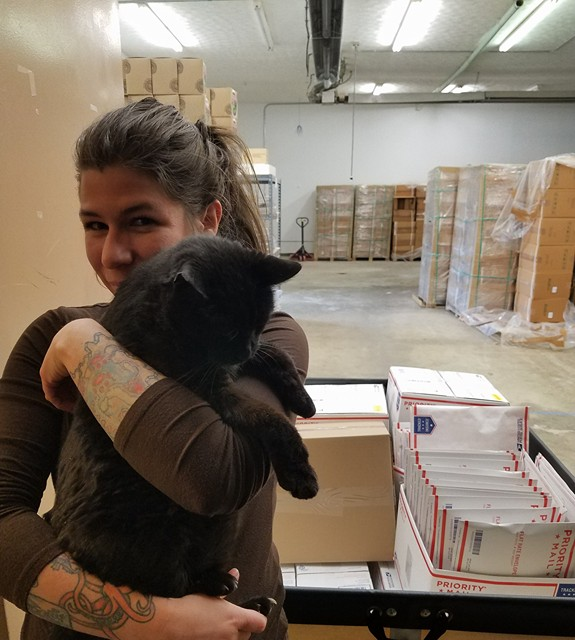
Melissa and Carl wait for the mail truck.
Through the door straight ahead is Customer Service. Be quiet and keep the door closed. Here are several desks with computers, each area personalized by each customer service representative. The walls are covered with fabric tapestries, hair swatches, letters and photos from happy customers, and cheat sheets for item codes, mix ratios, and other important information. The CSRs are chatting through their headsets and typing on their keyboards. If the phones are slower, they are answering emails, or responding to posts on our Facebook pages.
A door on the other side of the Customer Service office leads to a hallway. Here are the doors to the offices of the administrative positions. Roy Jones, Catherine’s husband, is the man behind anything having to do with technology. He also does photography for promotional materials. His office is tech’d out and filled with books about computer systems and coding. Other administrative positions have offices in this hallway, as well. Val, our other printer, spits out customer order sheets in the corner.
The Packing and Shipping room is also attached to the warehouse proper, as well as the break room. The warehouse contains huge pallets of boxes filled with henna, indigo, and other plant powders, which we ship from India several times a year. It is dark, quiet, and cool.
The break room is a wide space that holds a large, comfy couch, shelves of packaging materials and office supplies, and a dedicated space for photography. Someone may be having lunch or catching a quick nap while others prepare a body art piece for shooting. There is a shelf full of fabrics and props. The couch is eternally covered in glitter. This is where we have company meetings. Some of the staff will pile on the couch, others will bring in their chairs, and others sit on the floor. The cats will wander from person to person, demanding their due pats.
There are no cubicles here. The furniture is a mix-and-match of used and re-purposed items. There are several very old, very pretty rugs. The whole place looks like it is run by a hippie who went into business, and who has a penchant for digging through Craigslist for antique furniture. Because maybe it is. Catherine works from The Shed, her office at her home, and pops in from time to time. But her presence here is always clear. The warehouse is a home, and the people are a family. We joked among ourselves that the type of person to work here is always a little weird, and maybe you have to be, to be this passionate about something like henna.
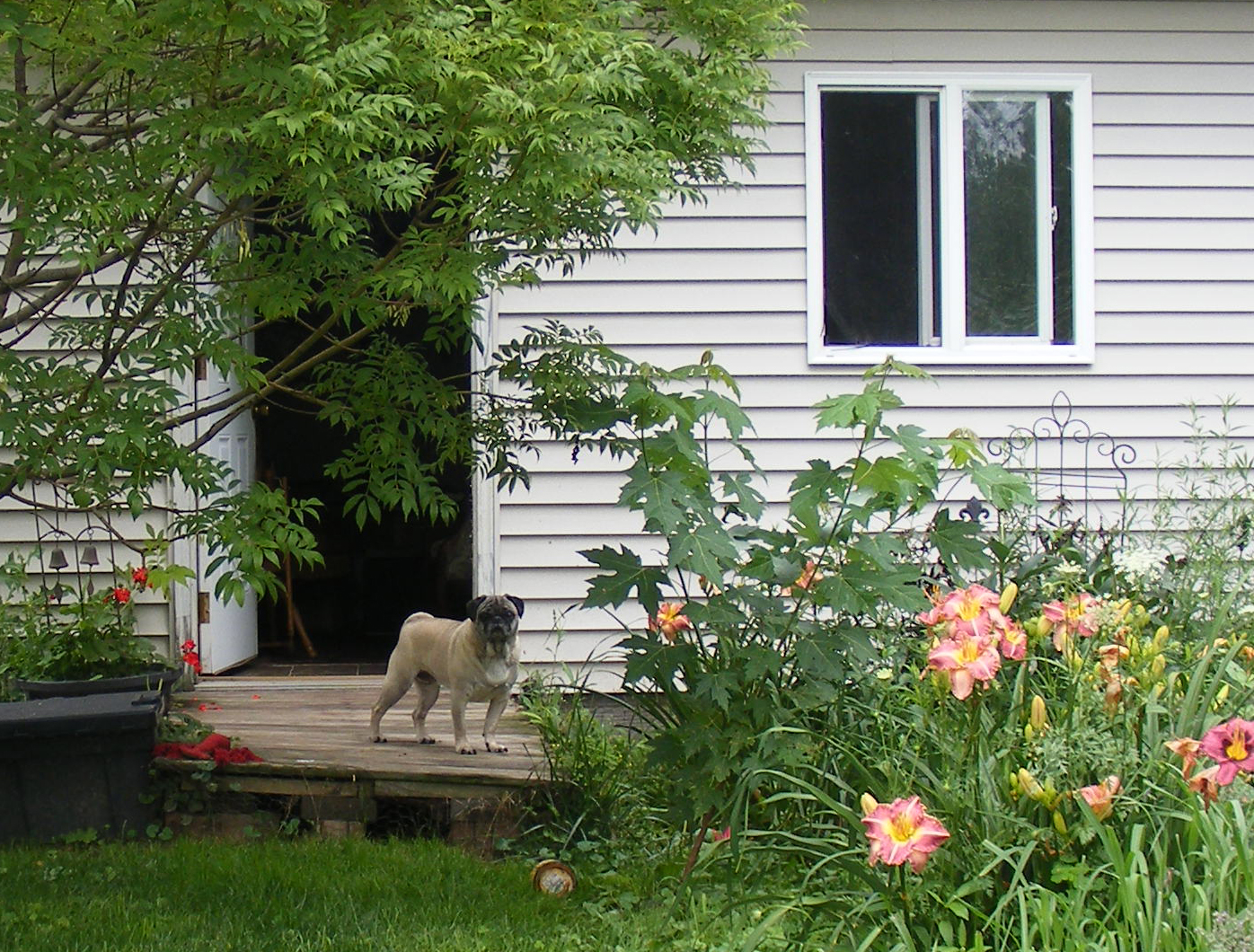
Rumple guards the entrance to The Shed. Here is where Catherine completed her PhD Disseration.
What is Mehandi.com?
Mehandi is the online store for Ancient Sunrise® hair and skin products. It is the result of years of research by Catherine Cartwright-Jones, PhD., who had an interest in providing safe alternatives to commercial hair dye and providing research-based information on henna. The company’s origins go back to the Henna Page Forums of the mid-to-late 1990s when henna began to gain popularity in the Western world.
We ship across the globe. HennaforHair.com, Hennapage.com, Tapdancinglizard.com, and our blogs continue to publish scholarly and research-based information that is free to the public.
Catherine’s vision went beyond selling a product. It was about educating the consumer and shedding light on safe, effective methods of hair care and body art. Catherine has spoken to the FDA and to cosmetic giants about the epidemic of para-phenylenediamine (PPD) sensitization. She hopes to influence change in the use of PPD in hair dyes and to bring henna for hair into the mainstream. Mehandi.com has tens of thousands of customers who now happily color their hair without risks of allergic reaction or hair damage.
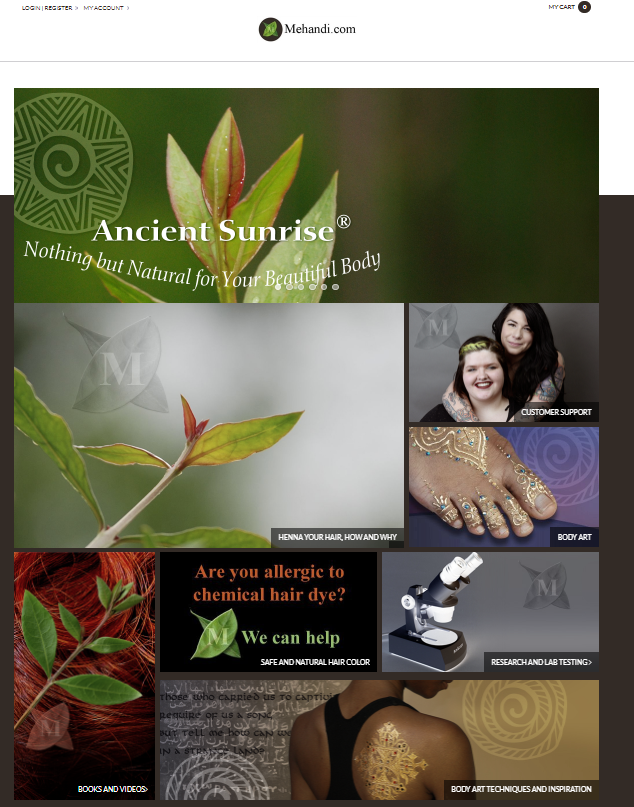
Our new and improved website launched in 2017.
Happy Staff = Happy Customers
Catherine firmly believes that the success of the company depends on the way her employees are treated. She knows that work can be stressful and that the staff spends much of their time at The Warehouse. Therefore, work should be a comfortable and enjoyable place. Our kitchen is stocked with coffee, teas, and healthy snacks. There is a request sheet that is filled regularly. Out of chocolate-covered almonds? Put it on the list. Snacks are part of the company’s budget. Roy regularly treats the staff to lunch. If a company meeting is happening, there will probably be food.
In addition to staying well-fed, we are quite comfortable. There is no dress-code policy. Staff are encouraged to wear whatever is most comfortable for them, whether it is jeans, pajama pants, or flowing skirts. Some shuffle around in fluffy slippers. There are a number of seat options available, so whether a person prefers a swiveling office chair or a yoga ball, there is something that will work. The large sofa in the break room is great for naps. The two office cats, Carl and Jenny, who keep us company, provide stress relief, and lie on our keyboards at inopportune times.
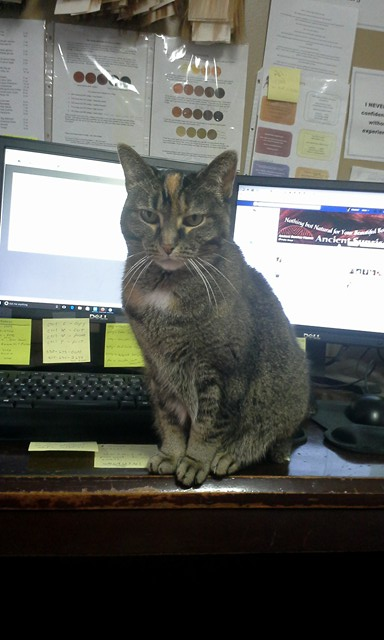
Jenny is very good at getting in the way. Photo credit: Elizabeth Nissel.
Customer Service
Our commitment to customer service is what makes this company great, as well as unique. I don’t mean it in that cheesy-commercial-slogan kind of way. Catherine understood that the knowledge of using henna was once commonplace because it was shared among family and friends. In the areas where henna was traditionally used, men and women went to their respective public bathhouses, and communal spaces to wash, groom, and interact with others. People washed each other’s bodies, hennaed each other’s hair, hands, and feet, and shared grooming tips. Now that personal hygiene has moved to the privacy of individual homes, Catherine understood that, in order for this knowledge to be spread again, she had to create a modern version of this community.
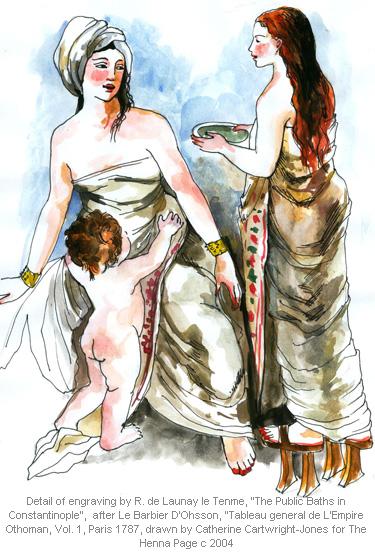
It starts with the customer service team. Each new representative takes the time to read the Ancient Sunrise Henna for Hair E-book and many other resources before being able to work one-on-one with customers. The other team members help each other to make sure that the info they are giving out stays accurate. When needed, the staff re-read material and find new articles to share with one another to keep their knowledge fresh. New members are quizzed on their knowledge by their co-workers. They role-play potential phone calls and give constructive criticism. It may be several weeks before a trainee is allowed to take a phone call on their own; they begin with emails and responses on social media which are checked by Maria, the Customer Service Supervisor, before being sent. This is all to make sure that our customers get consistent and accurate information.
The customer service staff communicates with customers in several ways: By phone, email, online chat, one of our many Facebook groups and pages, and through social media programs like Instagram and Twitter. We also send out a monthly newsletter. The customer service office is open much later than an average business—often until 10pm EST on the weekdays—so that people can contact them late in the evening for last-minute orders, questions, or advice.
Customer Service advises henna users on custom mixes and selecting the products that work best for them. They take orders. They troubleshoot. Being a customer service representative is both stressful and rewarding. It requires an amazing amount of multitasking. Jumping from a phone call to a chat session, to a Facebook thread is a normal part of the job.
We know many of our regular customers by name and even their usual order. CS keeps notes on customers’ files, so if a customer has been working on adjusting their mix, or has been having difficulty achieving their desired color, any representative can pull up their history and continue the conversation where it left off last. (Here’s a secret: We’ll also write notes like “This person is so sweet and a joy to work with!”)
Because of this, we are able to develop a personal connection with our customers and grow a community of henna users who are well-versed in henna for hair. Our online community at the Ancient Sunrise Henna group on Facebook is now well over 3,500 members and is very active. Customers are able to ask each other for advice and to share photos of their hair. The group is like our virtual bathhouse, and the CS representatives, Catherine Cartwright-Jones, and I are like the grandmothers, sitting quietly in the corner until someone needs a little help.
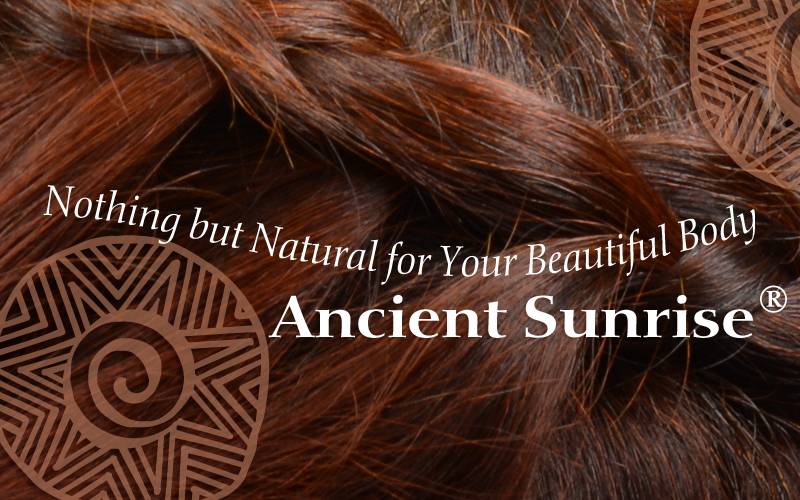
If you’re not yet part of our public Facebook group, join now!
Of course, henna knowledge then spreads in real life, through families, friends, co-workers, and even strangers. This company does very little in the way of advertising; many of our new clients call us after being introduced through word of mouth. In fact, there have been numerous times when a new customer told me that they are calling because they had stopped someone on the street and asked about their hair. Customers regularly report that they are asked about their hair. This happens so often that, by customer request, we began adding an extra business card to each of our shipments.
It is exactly this kind of community that Catherine envisioned when she began Mehandi.com. Her goal was not only to provide quality product, but also the knowledge and support that would allow henna to become a regular, household practice again.
Cross-Training and Interdepartmental Magic
Because we are a small company, many of us wear several hats. When I was living in Ohio, I worked in the Customer Service office during the week, and at our brick-and-mortar store, Empire, on Fridays and Saturdays. I, like many others, was also trained in Shipping, where we pick and pack the items that go out all around the world. I also helped out in Assembly, where the products are put together. I liked to measure the powders for the Henna for Hair Kits, and stick labels on the packaging. At one point, when the bakery and chocolate shop, Bittersweets, was short-staffed, a few of us also filled in there to help at the register and to clean chocolate molds. During the winter months, some of us do body art, hair, and/or make-up for promotional materials and tutorials, and other staff members act as our models.
Because most of the staff has experience in several departments, we understand how other departments work. This makes it easier for someone in Customer Service to know what is possible for Shipping, or for Inventory to check on how much time Assembly will need to create more stock. Because the space is relatively small, it is easy enough to run over to the next room to ask someone a question related to their department. Having a small crew of knowledgeable and flexible staff makes everything flow smoothly.
Communication and Collaboration
In addition to the comfort of the physical environment, the feeling of openness and respect extends to the way that we are able to communicate and be heard by those in charge. Company meetings invite brainstorming and collaborating on new ideas. When asking my co-workers for input about this article, many of them said that they feel respected and that their ideas are heard. I wholly agree. One of my favorite parts about working for this company is that creativity is appreciated.
In fact, these blogs came about because a few months prior to my move to Canada, I mentioned that the blogosphere seemed like a place where we needed a stronger presence. This turned into Catherine’s decision to launch AncientSunrise.blog and BecomingMoonlight.blog, and have me write while in Montreal. It was wonderful that she recognized my knack for research and writing, and turned it into a way to keep me with the company.

My home office in Montreal, in its natural state of chaos.
Photography and video happen by the bookcase; research happens all over the desk and floor.
Other products of staff creativity include our Instagram accounts, video tutorials, and ideas for promo codes. The Customer Service staff propose events for promos, and create those fun announcements you see on our Facebook pages. We are also listened to when we feel something is not working smoothly. In 2017, when the new Mehandi.com website was launched, Roy gave everybody access to the site in progress so we could check the pages and provide input and corrections.
It’s wonderful to work for a company that recognizes its employees as creative and skilled people with ideas worthy of being heard. We can say, “I would like to try this” and the response is more often than not, “Great idea! Go for it!” We know that our co-workers will be excited to see the outcomes of our ideas, contribute suggestions, and give constructive criticism. With so many projects happening at any given time, work never gets old.
Our work takes us around the world and in front of big audiences, too! In 2016, Catherine presented to the Office of Cosmetics and Colors at the USFDA, and then later that year at The IFSCC, International Federation of Societies of Cosmetic Chemists. In spring of 2017, Maria and Gwyn spend a week in Italy, working with a salon interested in incorporating henna into their services and products.

Catherine Cartwright-Jones speaking to members of the USFDA. Photo credit: Roy Jones
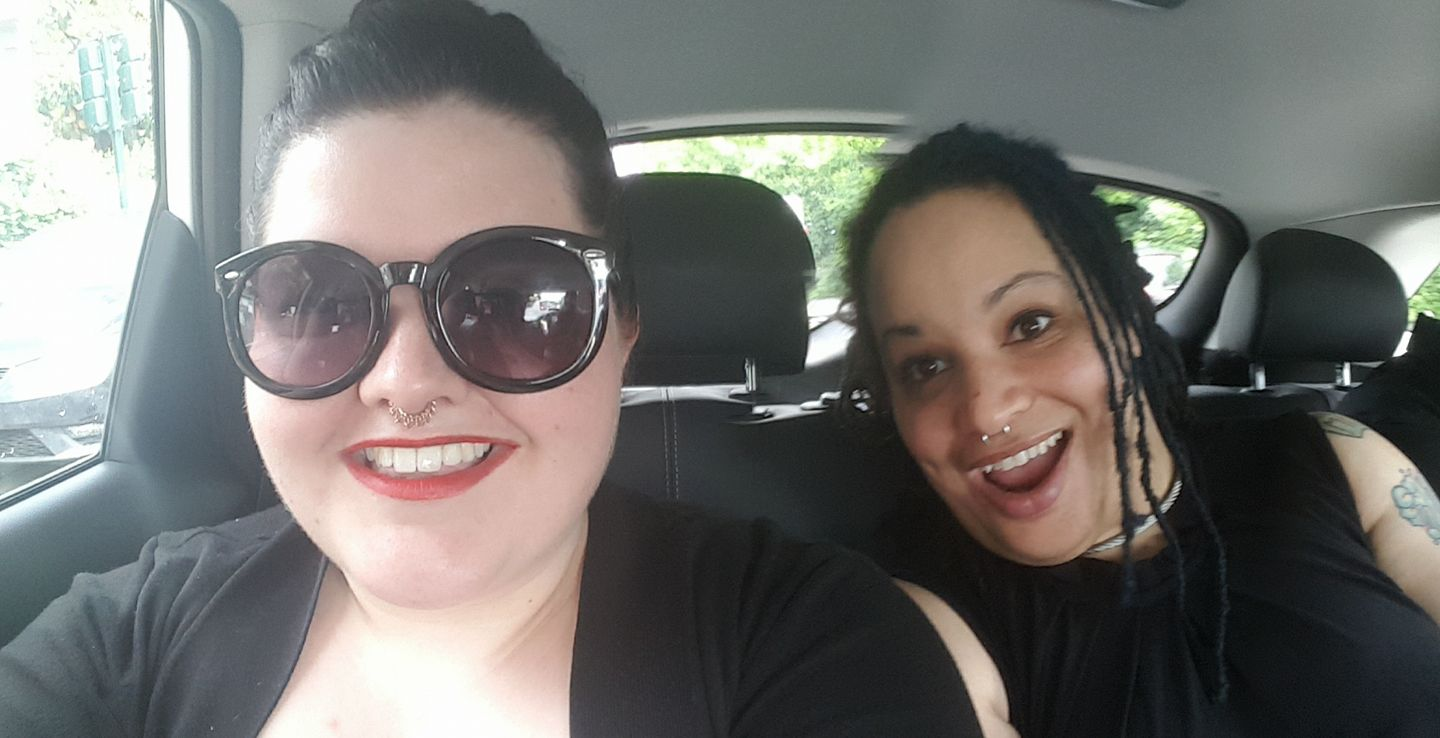
Maria Moore and Gwyn Jones in Italy. Photo credit: Maria Moore
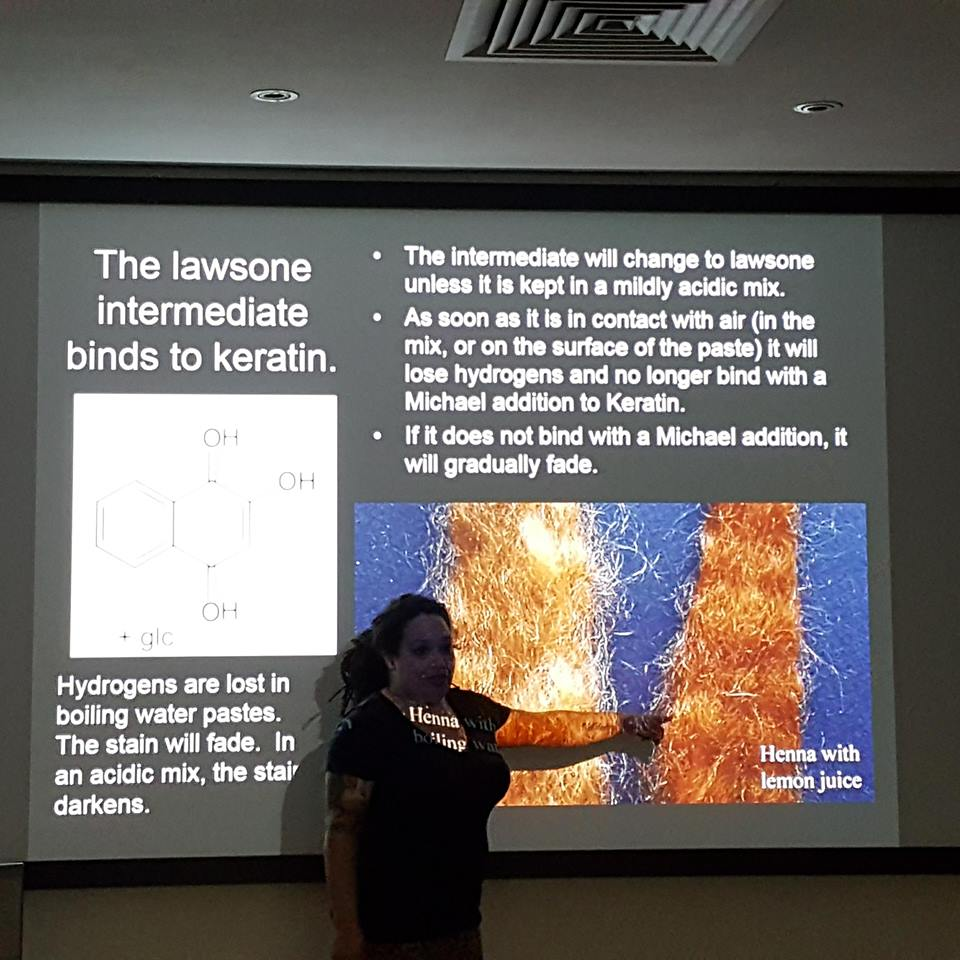
Gwyn presents to a company in Parma, Italy. Photo credit: Maria Moore
We Are a Family Company in Every Sense
Catherine’s husband, Roy, oversees day-to-day operations and decision-making at the office. Gwyn, Catherine and Roy’s daughter, knows everything there is to know about importing and customs. Catherine’s son, Rhys, is an attorney who helps with legal matters. Mehandi is very much a family-run business.
But the staff’s family matter, too. When I asked my co-workers for input for this article, one of the responses I repeatedly received was how much they appreciated the flexibility they had when it came to taking care of their own families. Many members of the staff have children of different ages and needs. They are able to adjust their schedules when situations arise. Because our jobs are so fluid, it is often possible for one person to fill in for another across departments when needed. Staff members sometimes bring their children to work during school breaks, or on days when school is canceled. In fact, the employees’ children love to play with each other. Jen’s daughters are great models for body art, sitting still while having their hands or faces painted. They have been featured in many of our promotional photos. Maria’s son has also had his face painted his fair share of times.

Staff kids at the office during the winter holidays. Photo credit: Jenifer Jeney
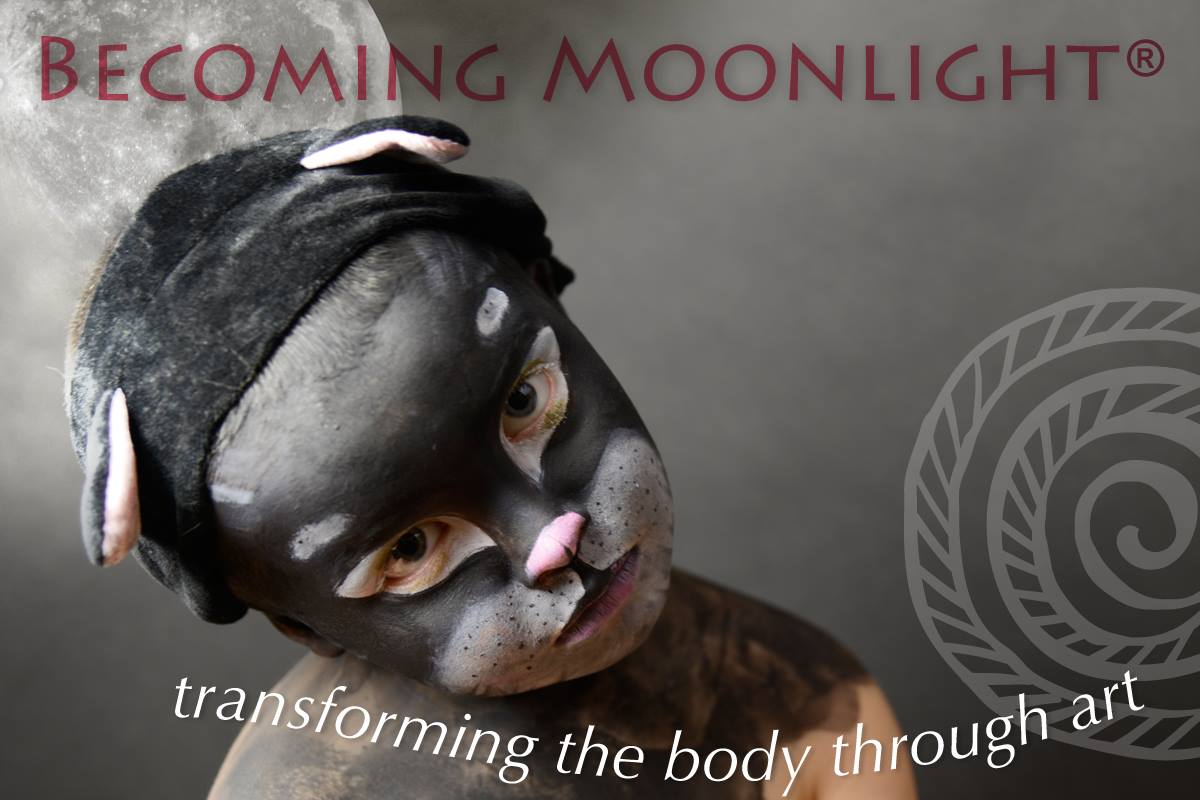
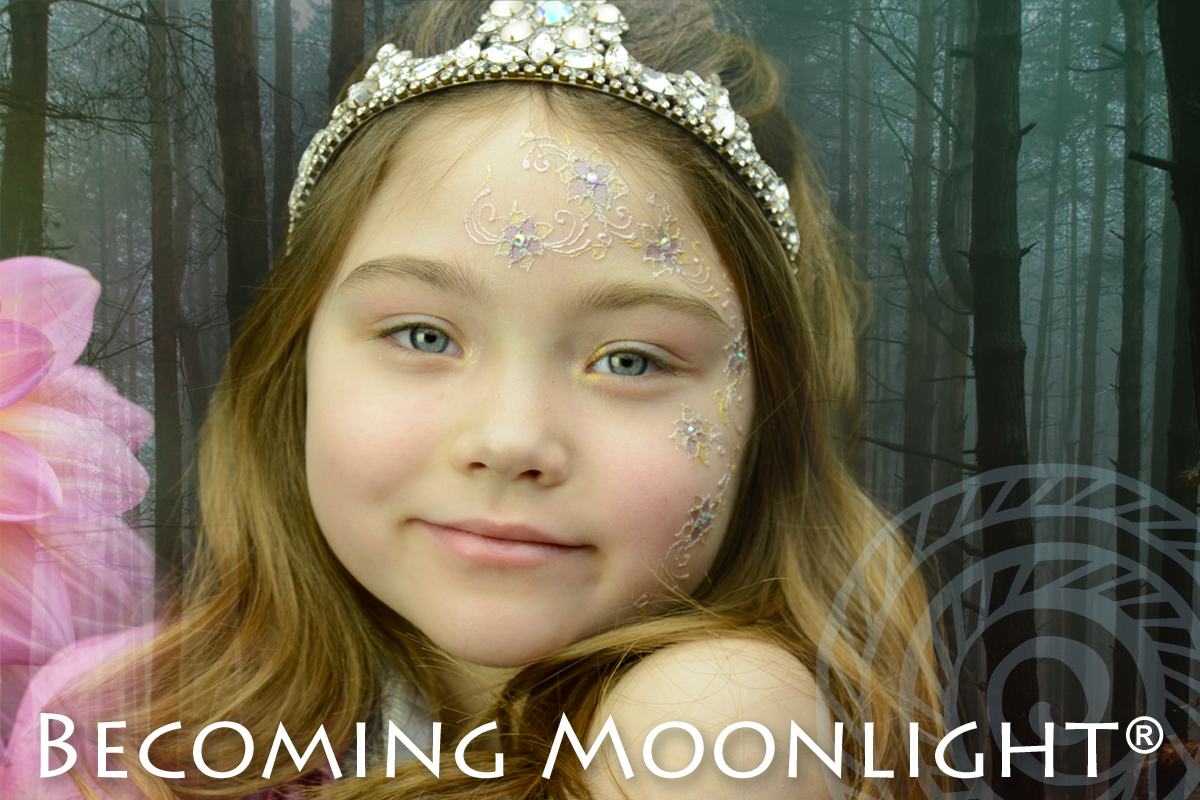
Playing dress-up, Becoming Moonlight® style.
Body art by Maria Moore and Alexander Limbach, respectively. Photography: Roy Jones. Visual Montage: Alex Morgan
Finally, we are like a family to each other. We bring in snacks and groceries to share with one another. We trade clothes. We talk about our families and our lives. We spend time with each other outside of work. For me, one of the hardest parts of moving out of Ohio was leaving my co-workers. I am still a part of the company and communicate with them over the internet, but I miss the day-to-day camaraderie.
Thank you!
Mehandi.com is a company that values solid research and creative collaboration. Our staff come from diverse backgrounds and bring their own unique skills. We love our products and are happy that you do, too. When you order from us, you are supporting a small business, and you are receiving products and knowledge that we are proud of. You are supporting our ongoing research and innovation. You are supporting our families and fur babies. On behalf of everyone at Mehandi.com, thank you for being part of our family!
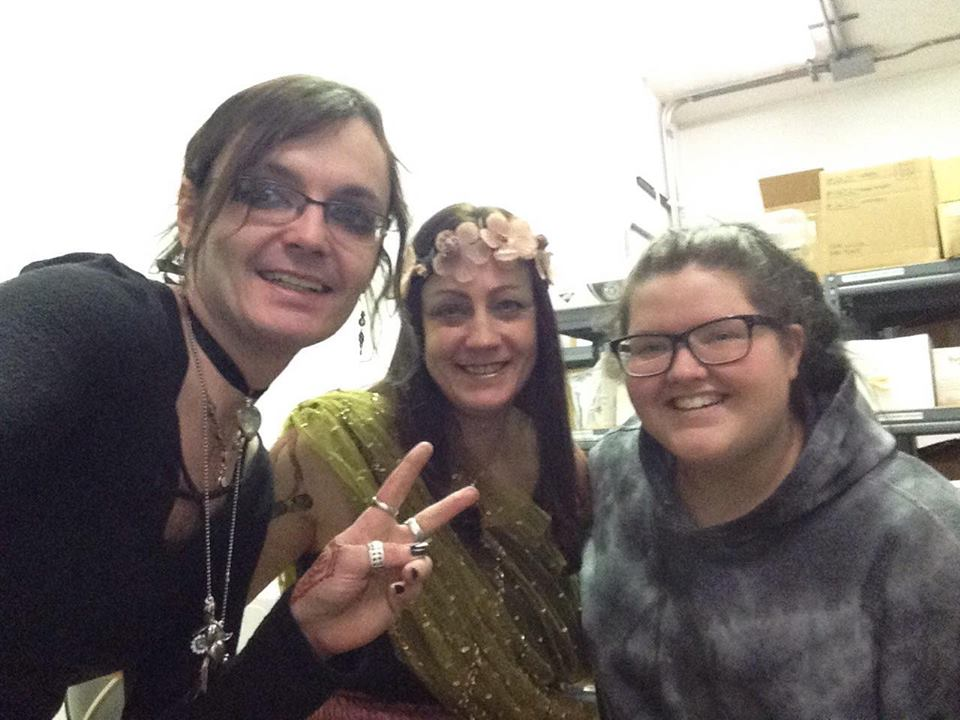
Alex, Michelle, and Maria (Empire, Inventory, and Customer Service, respectively) after a body art and makeup photoshoot. Photo credit: Alexander Limbach
In memory of Carl and Jenny <3.
Author: Rebecca Chou
Updated: Maria Moore November 2022

